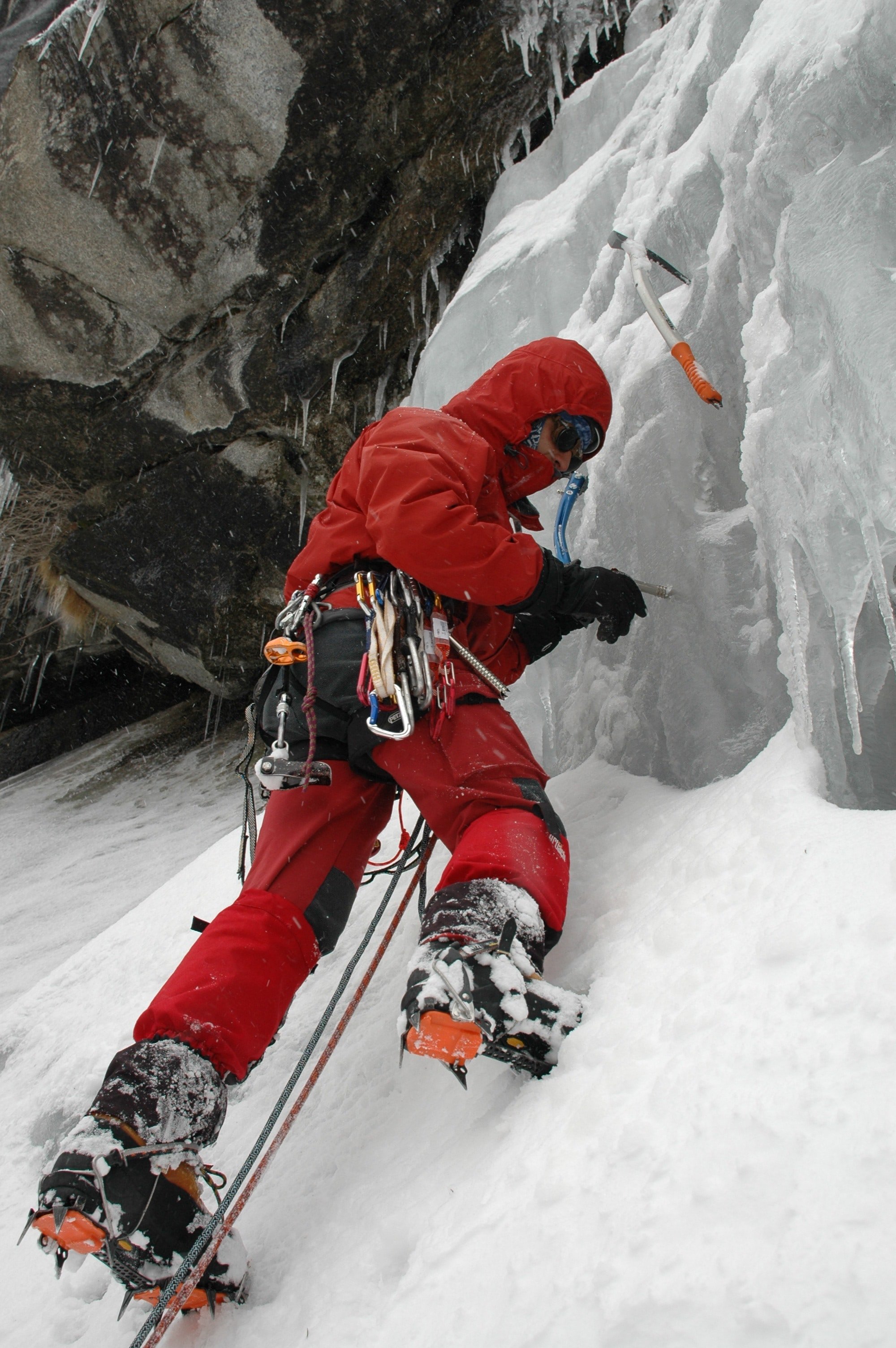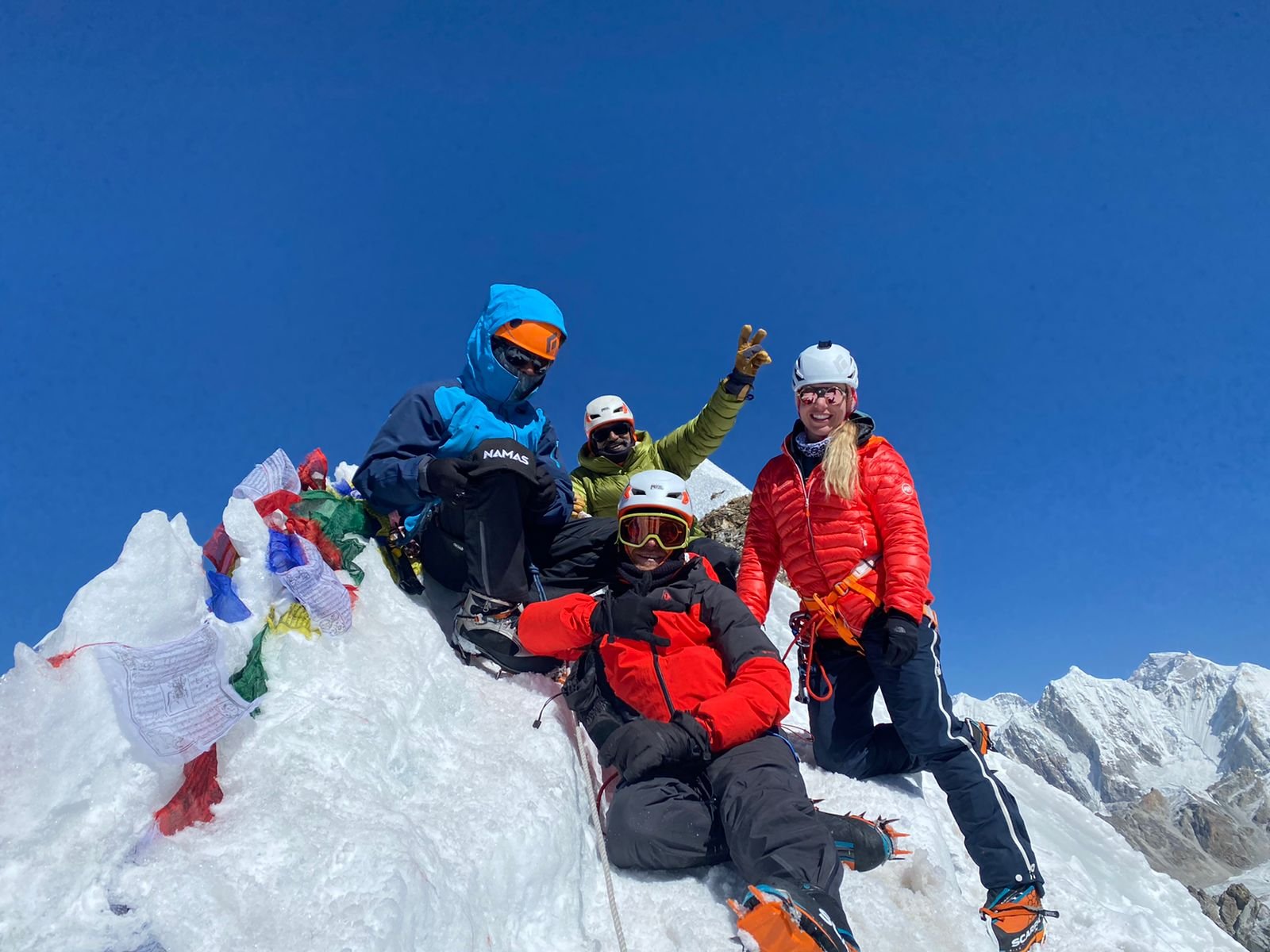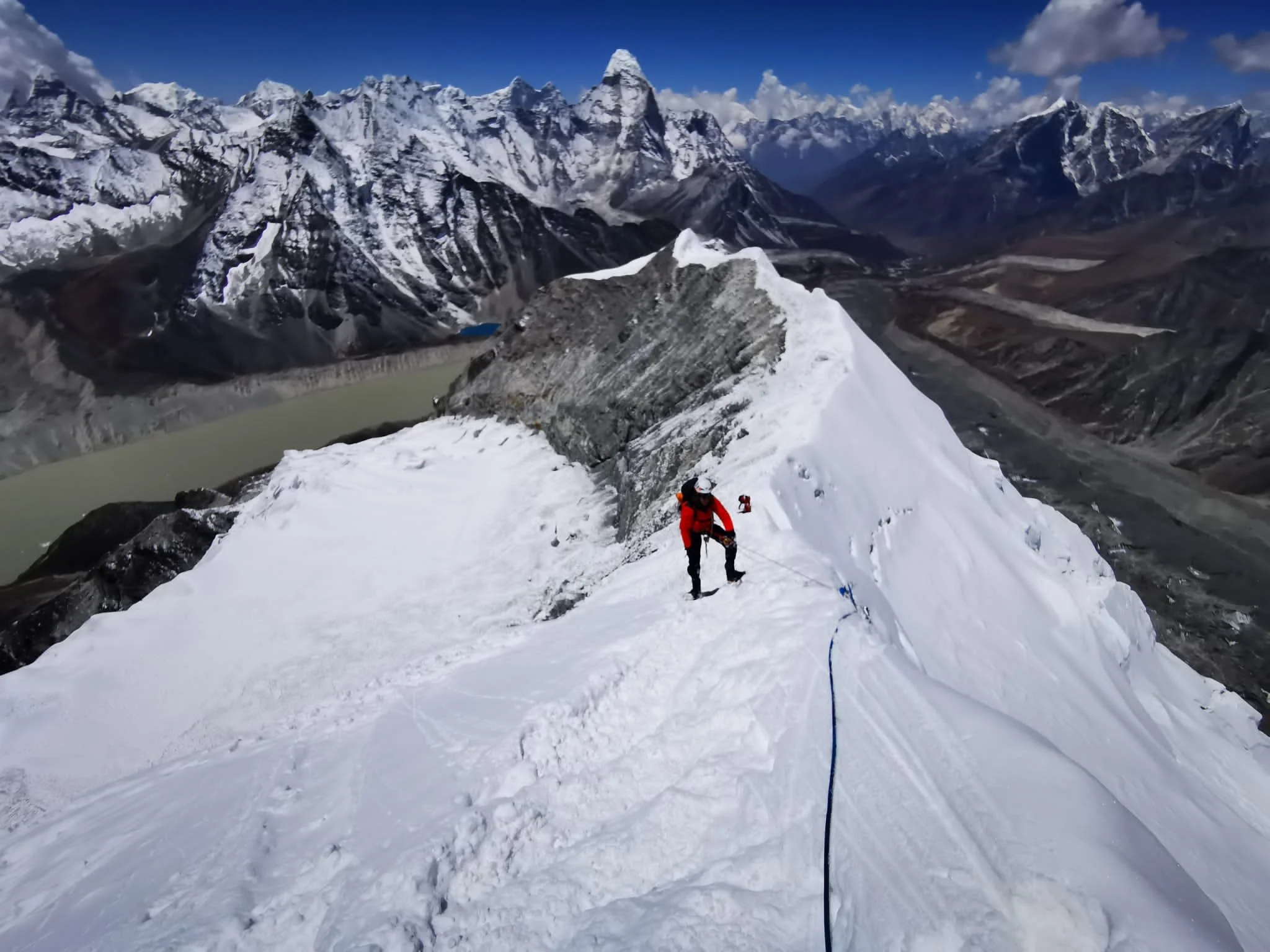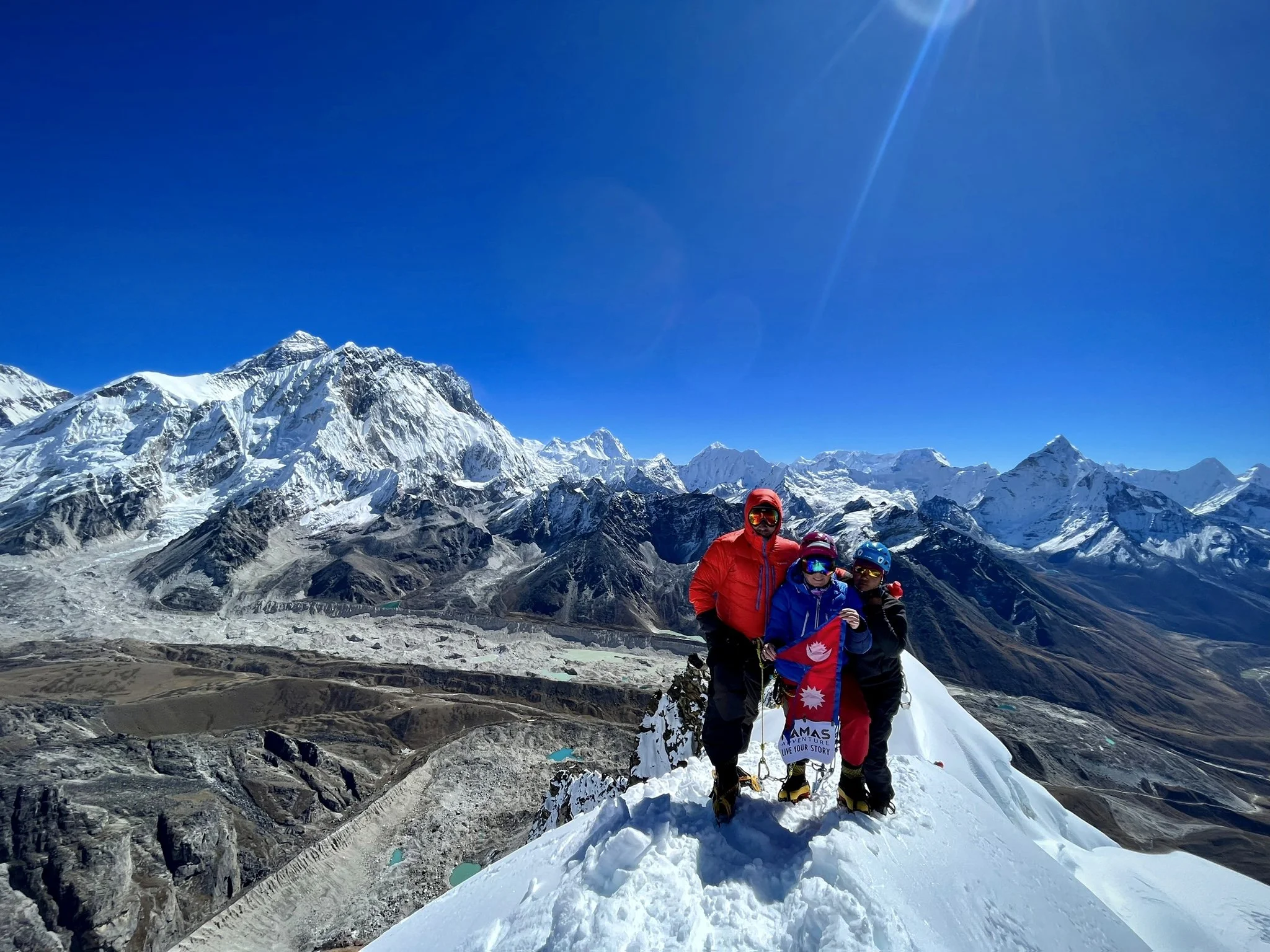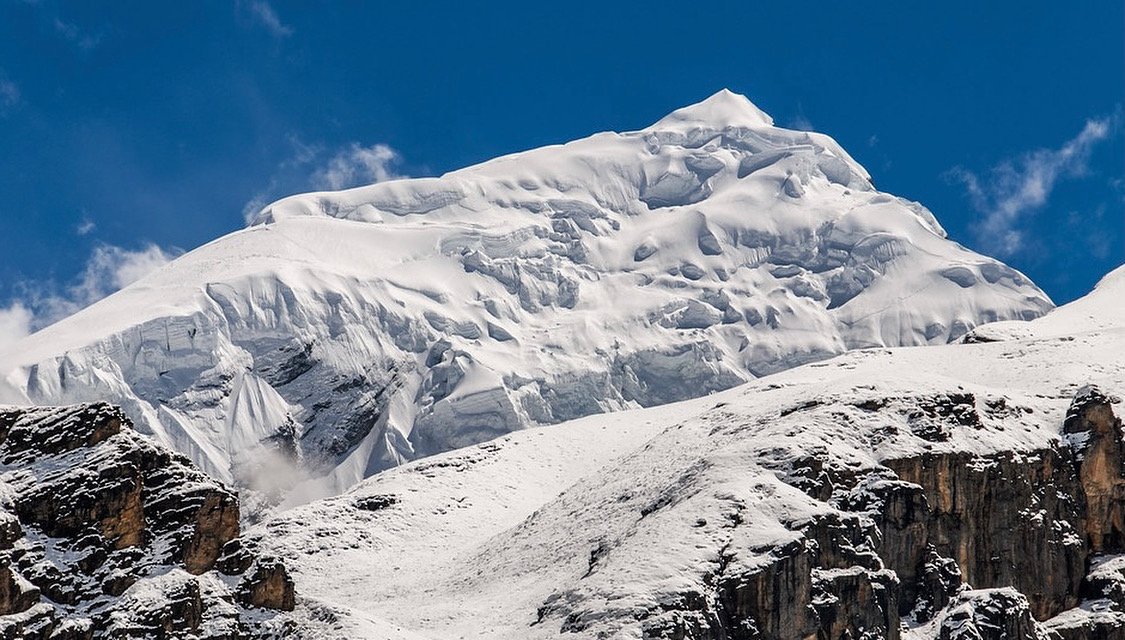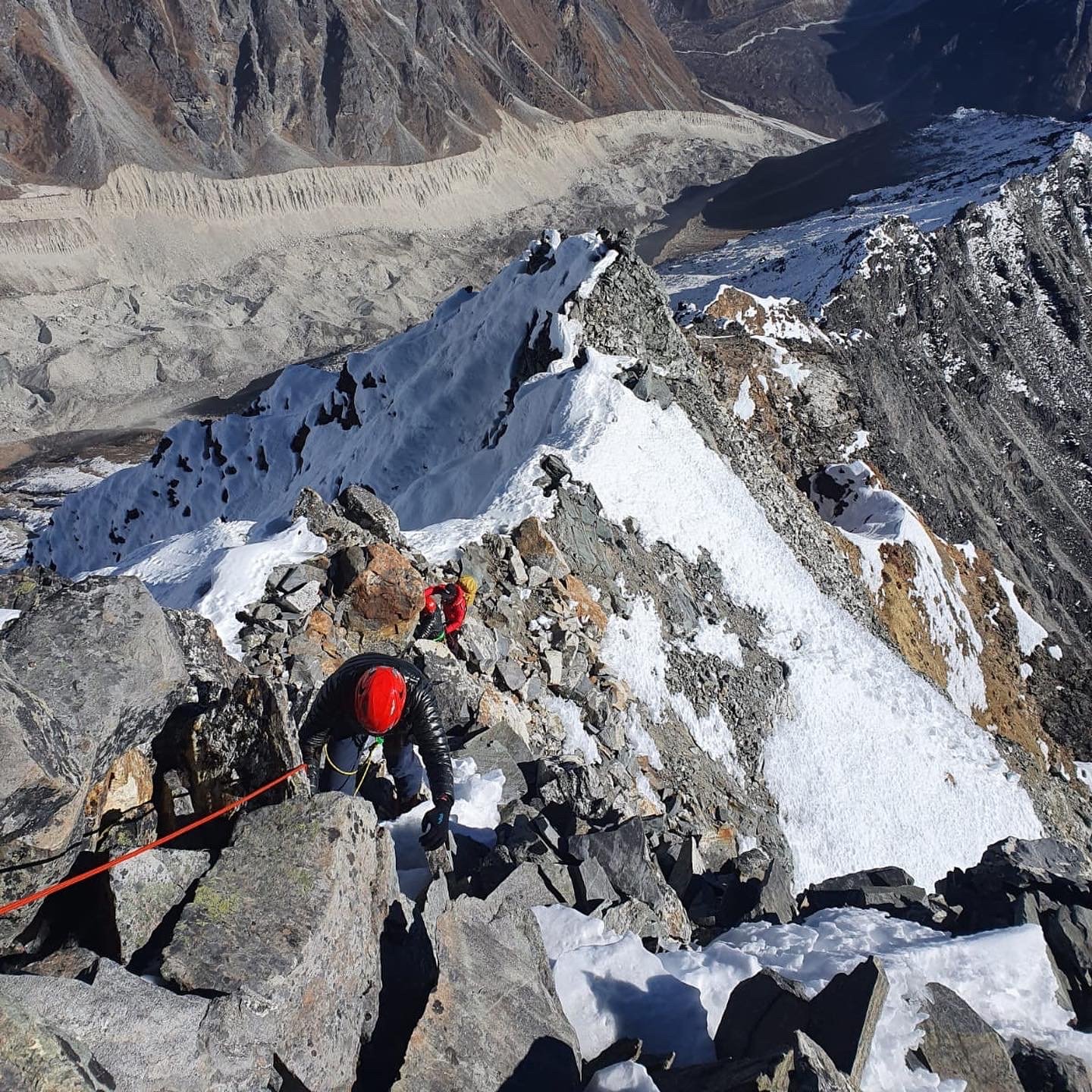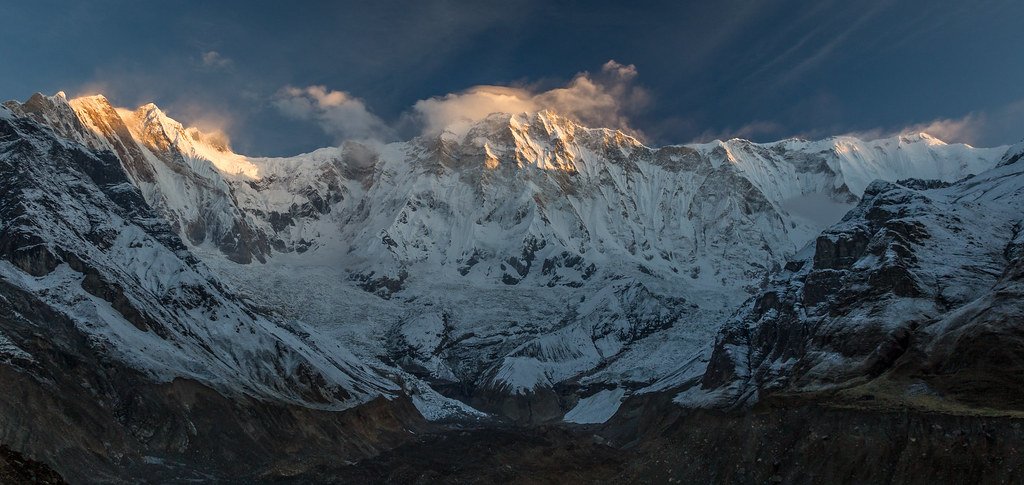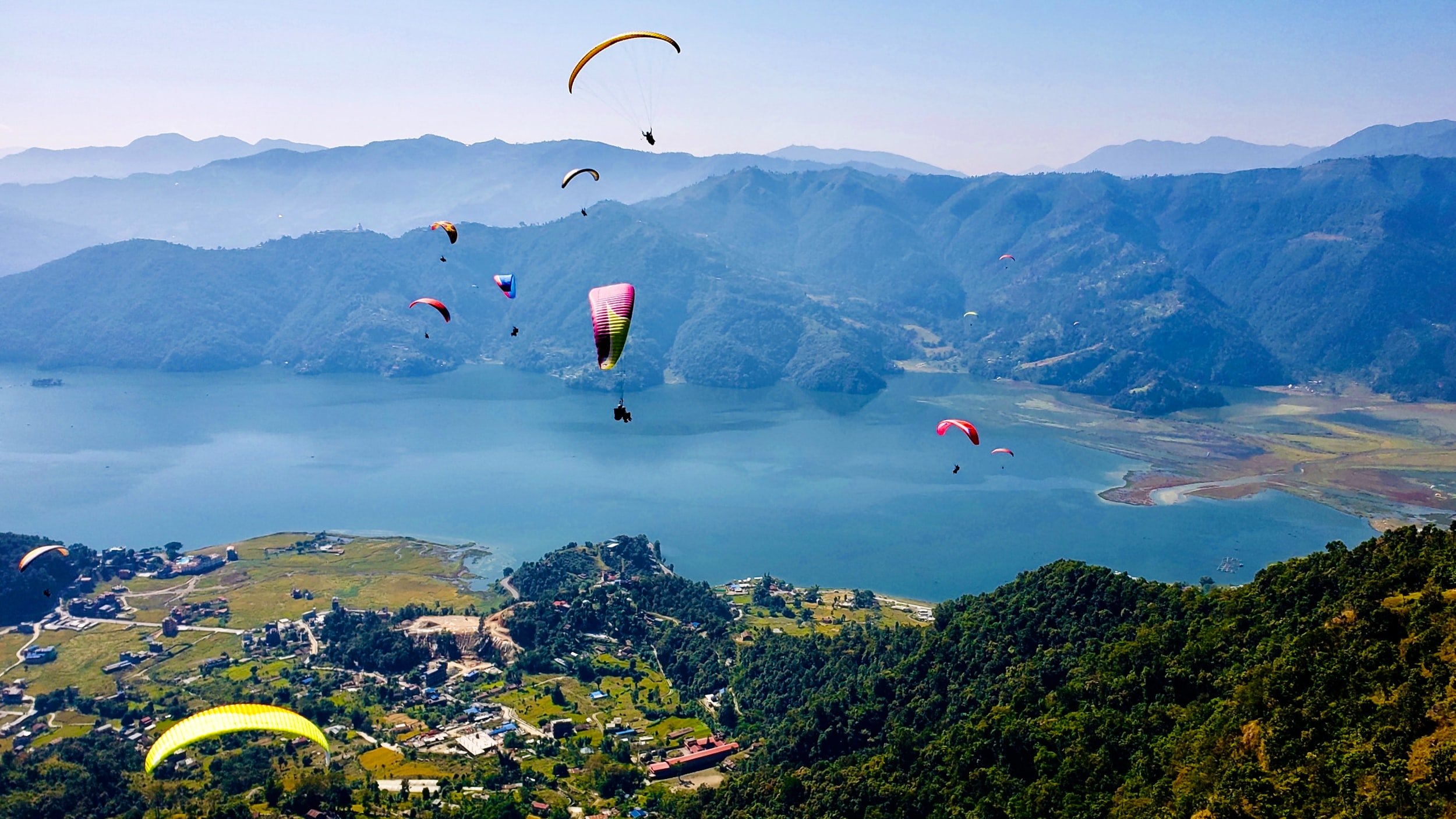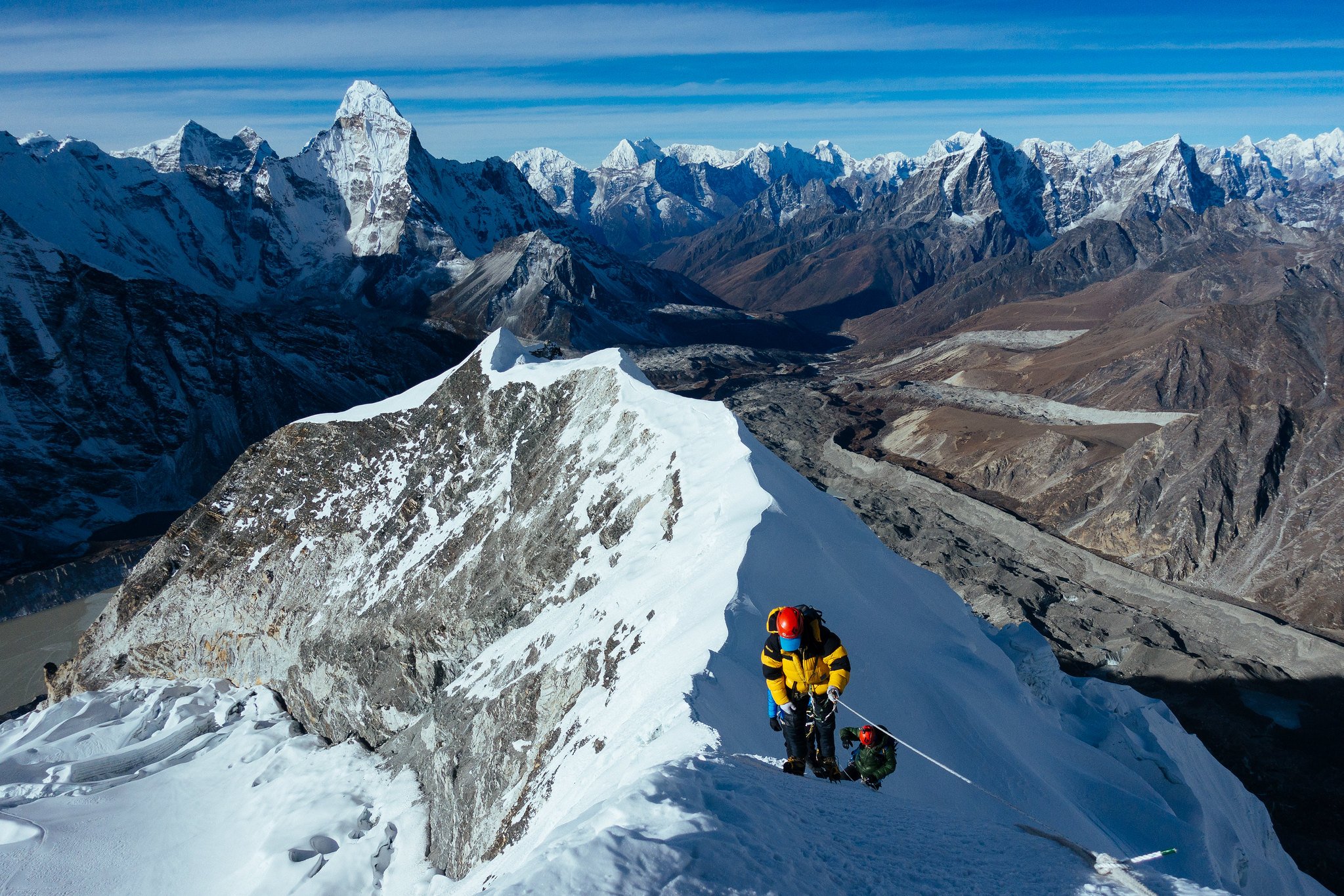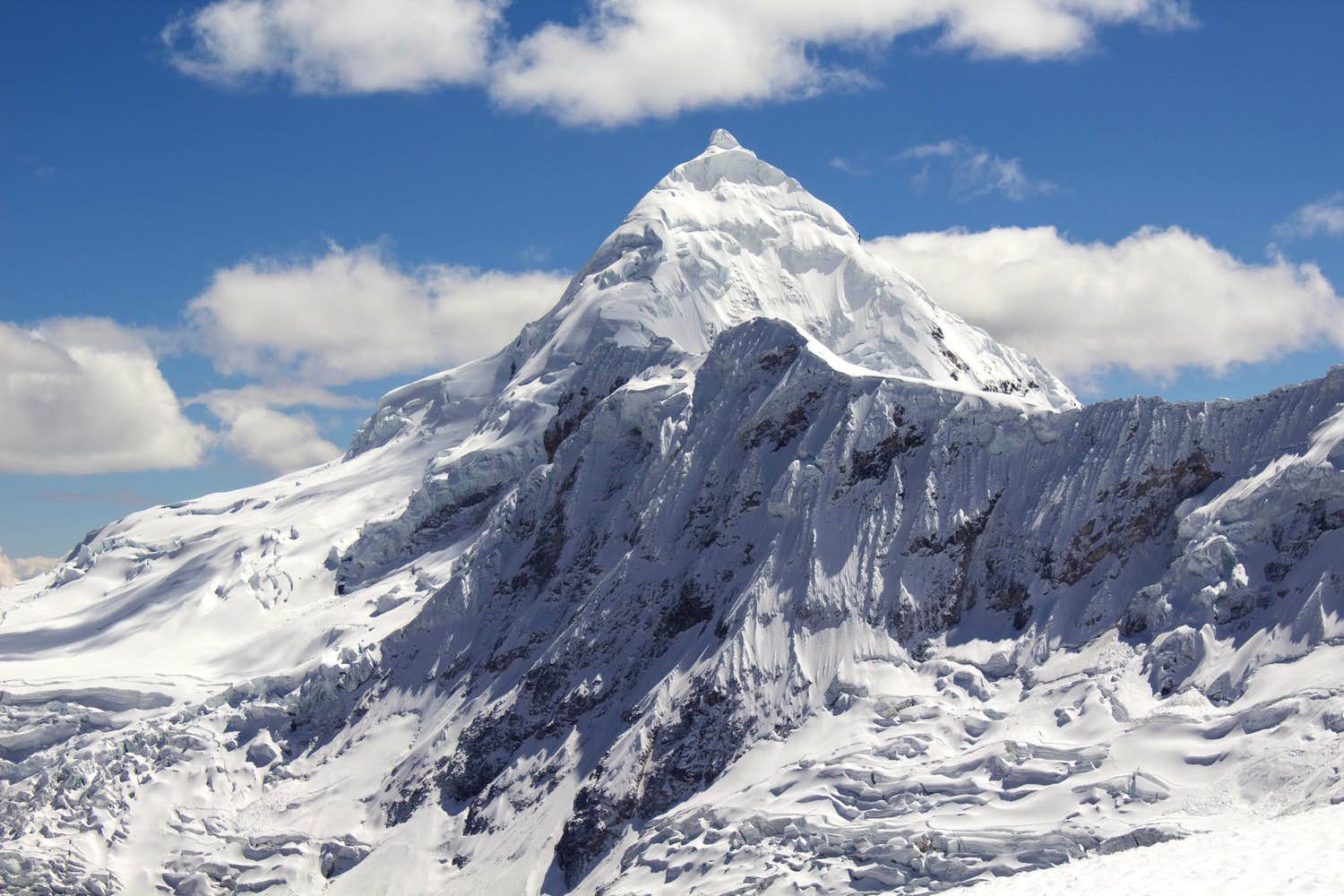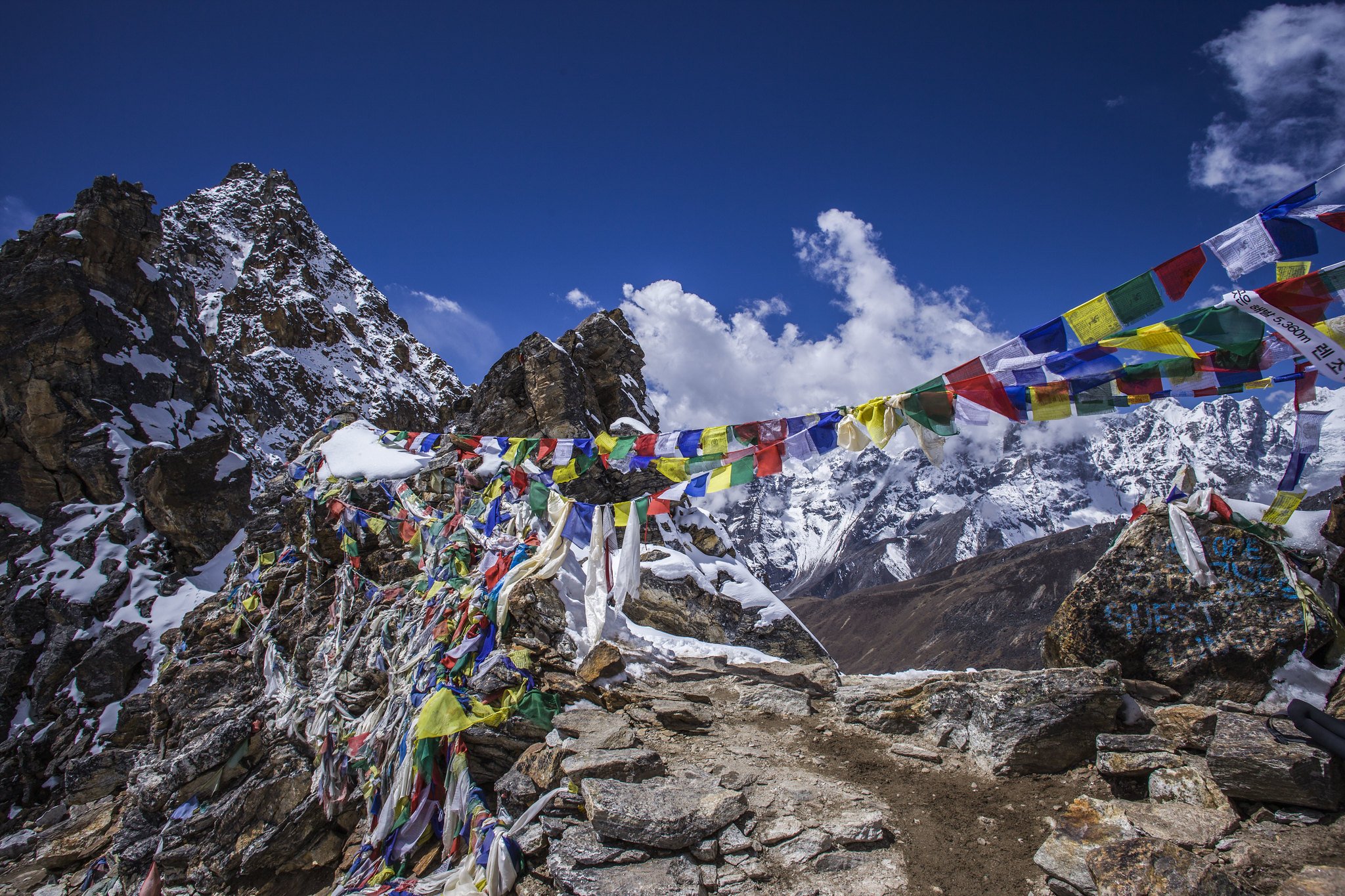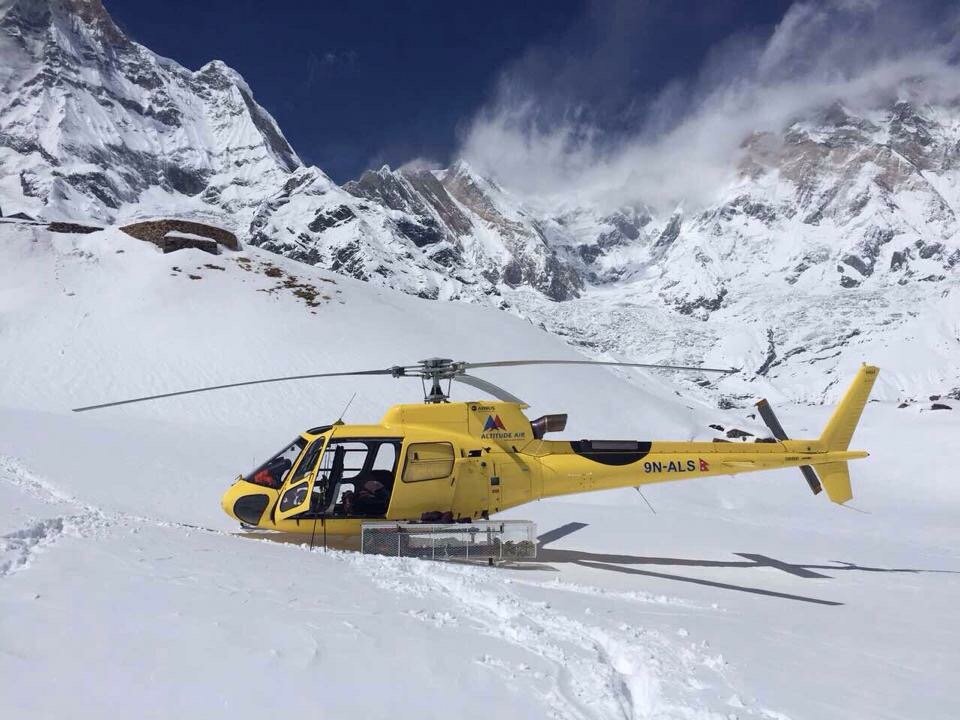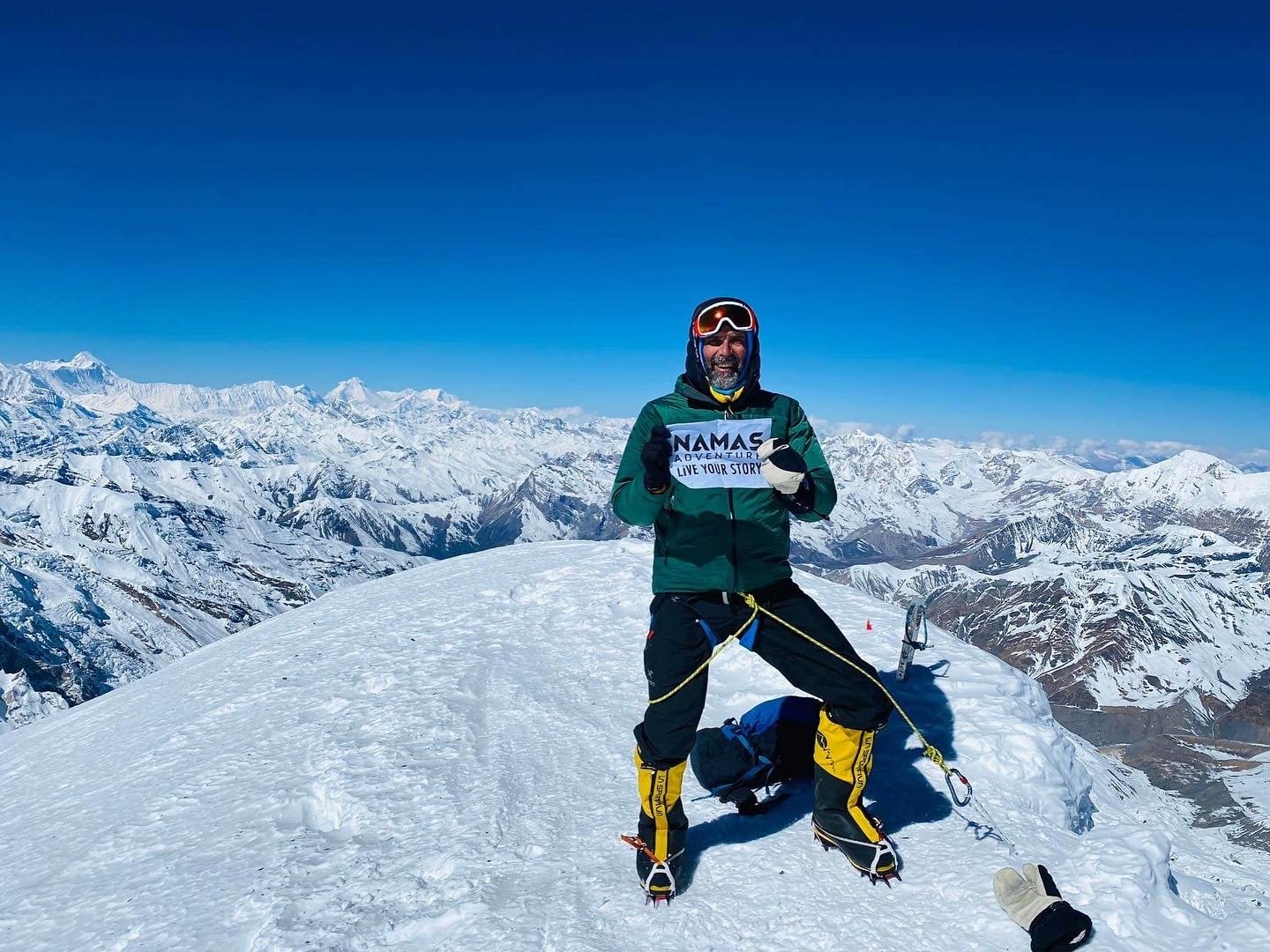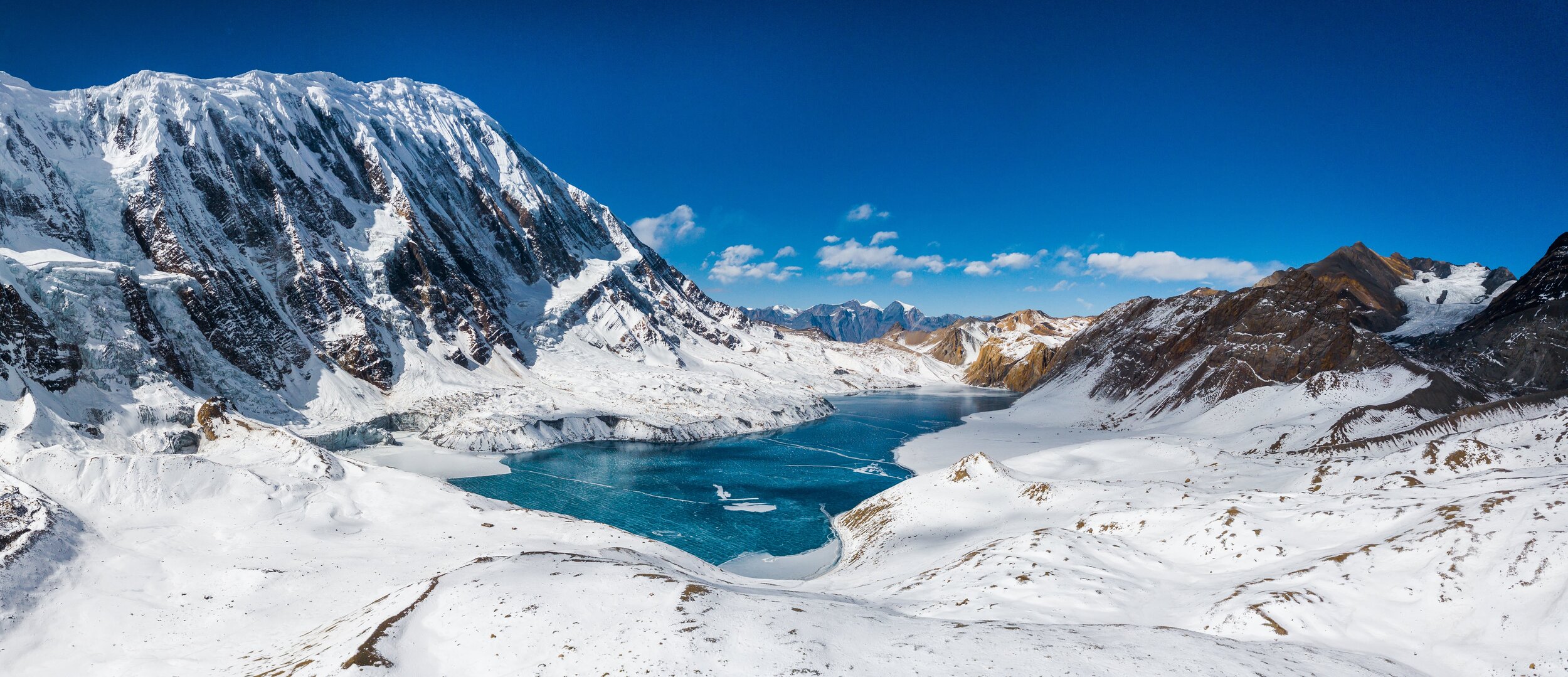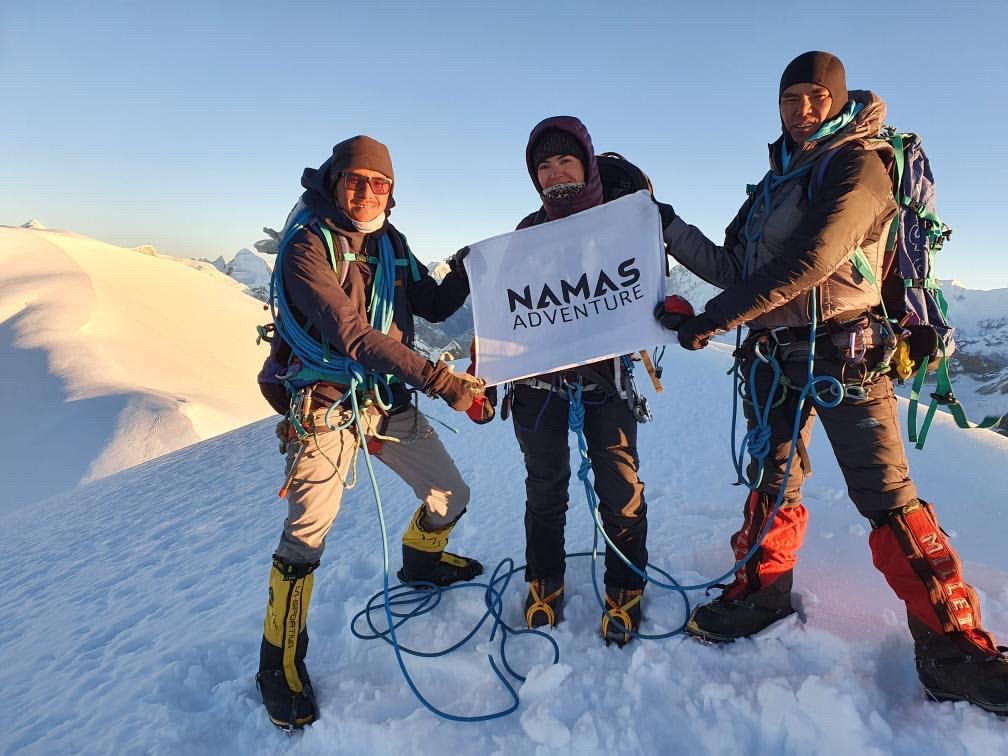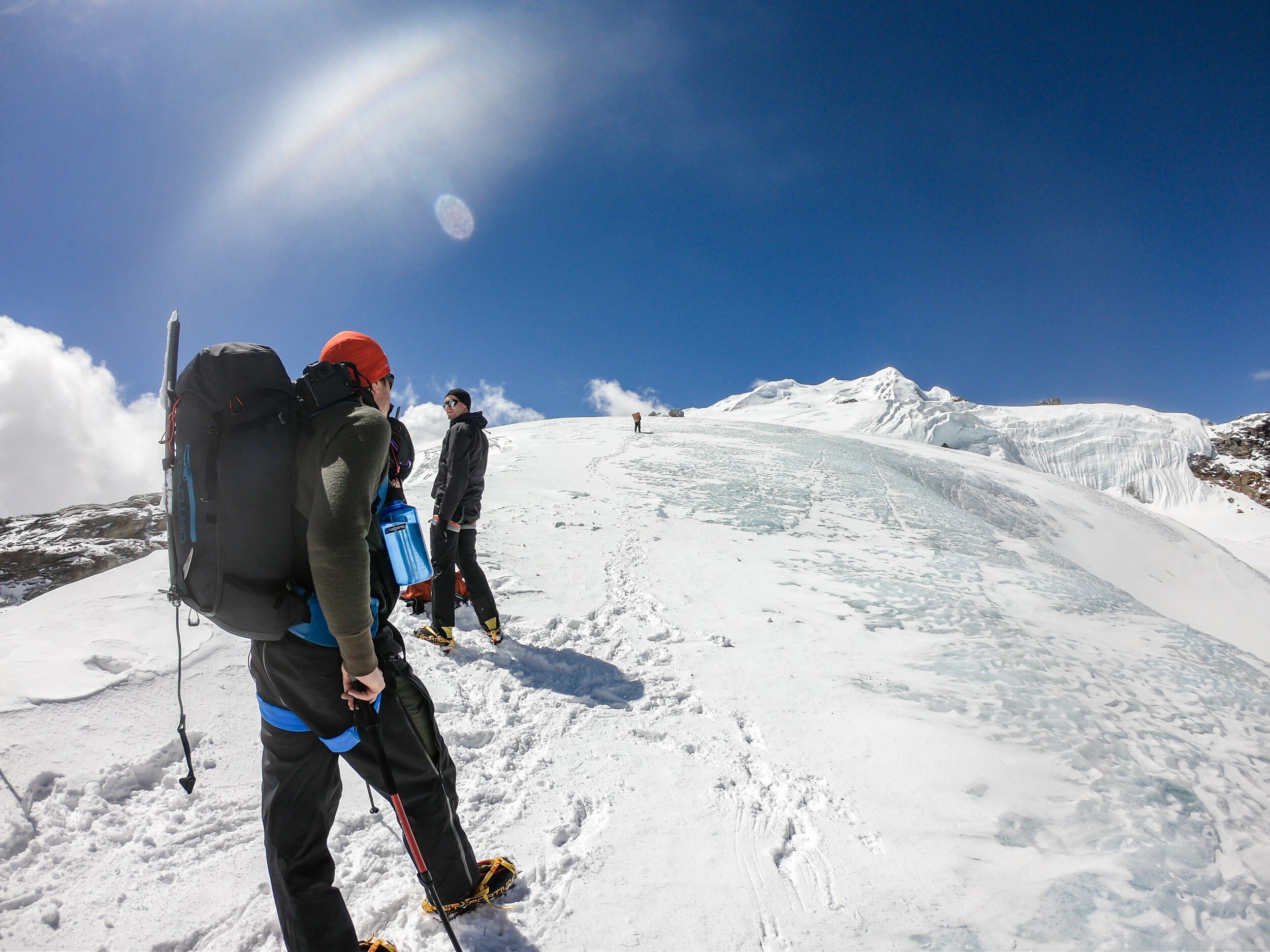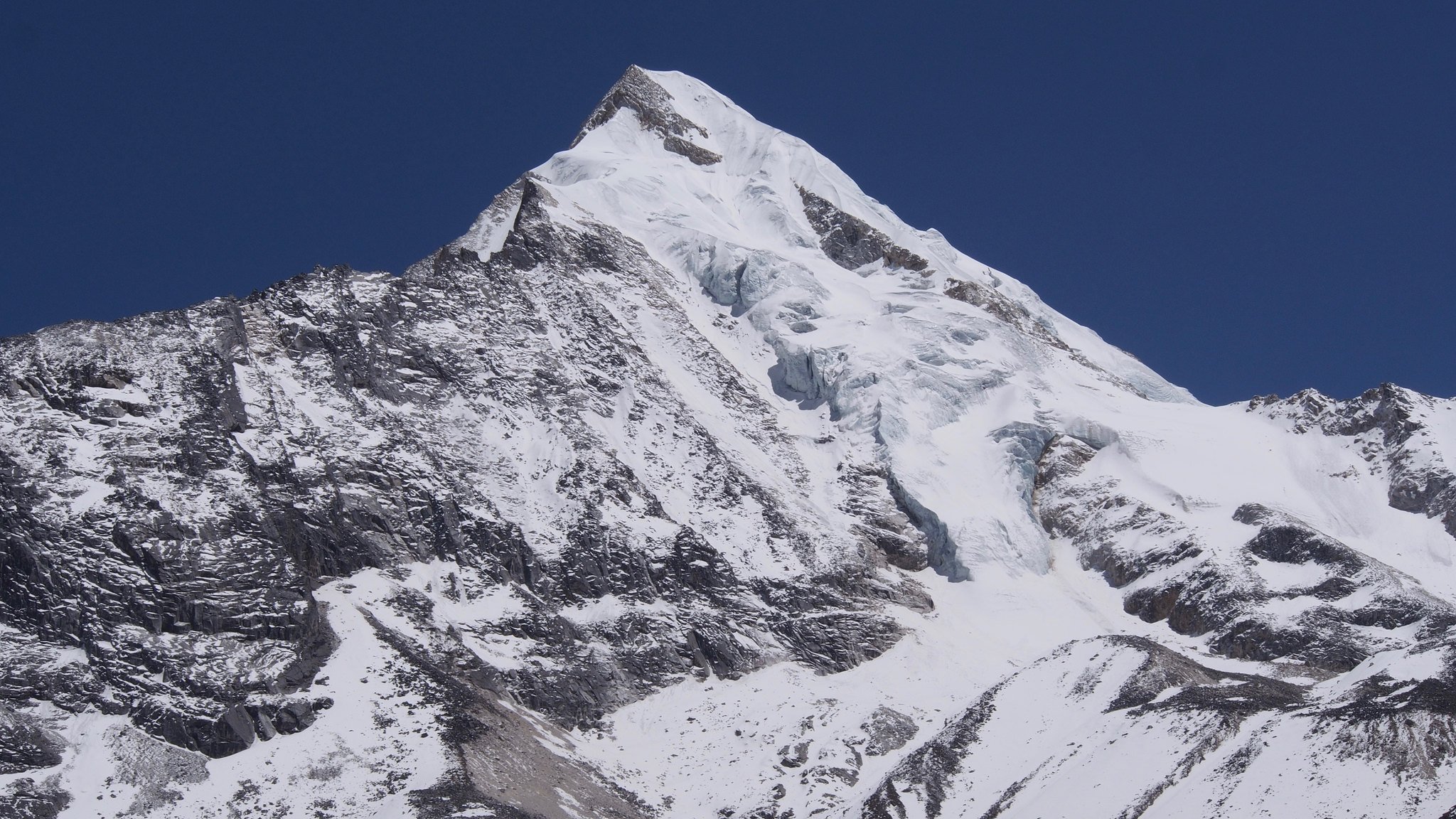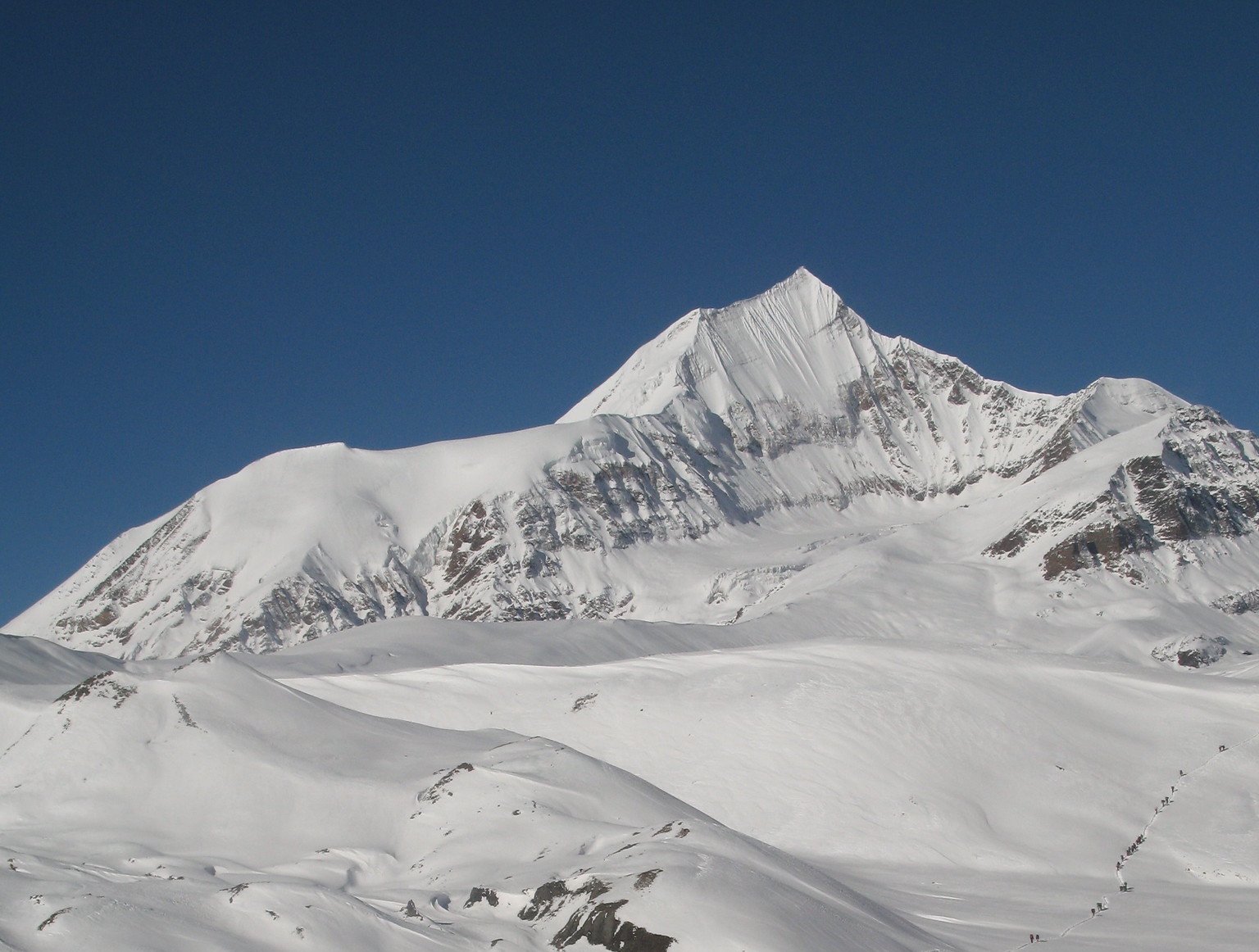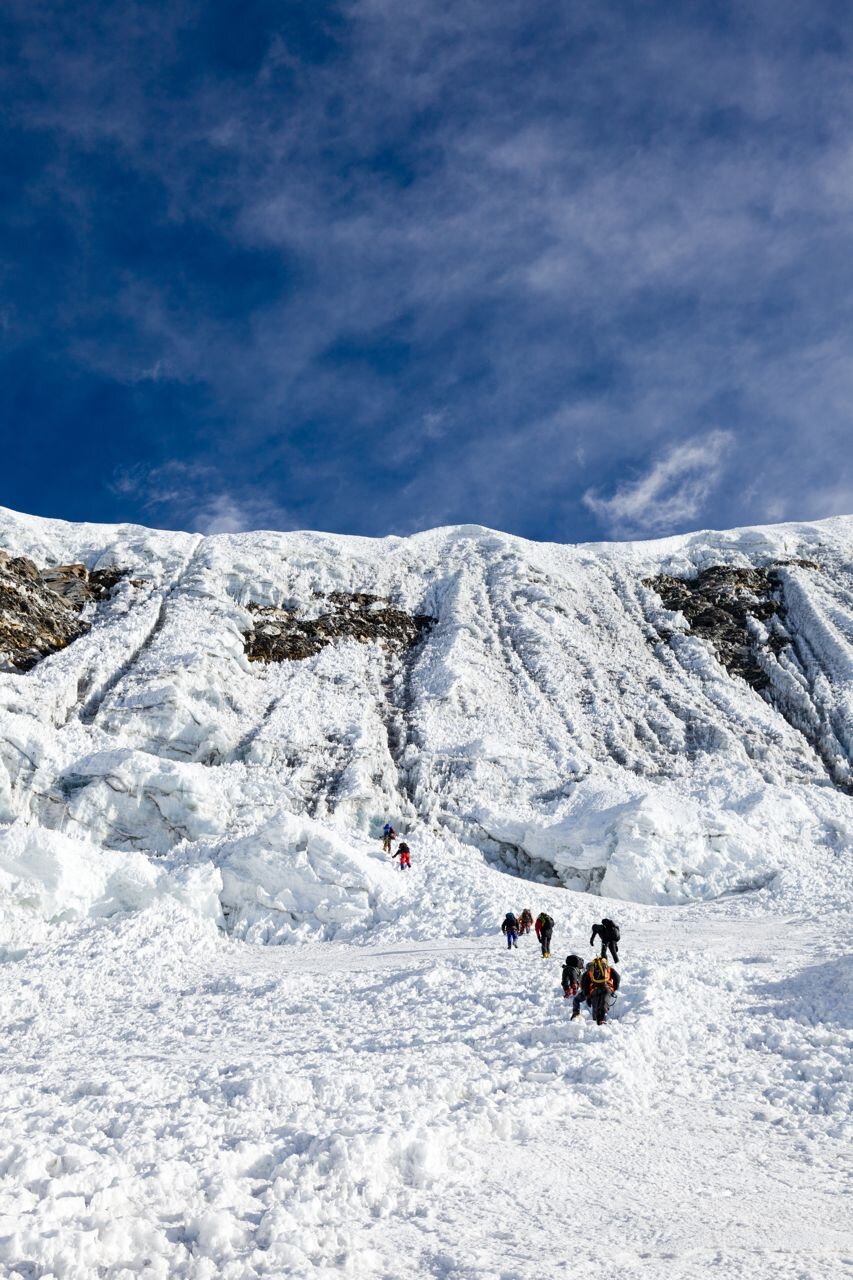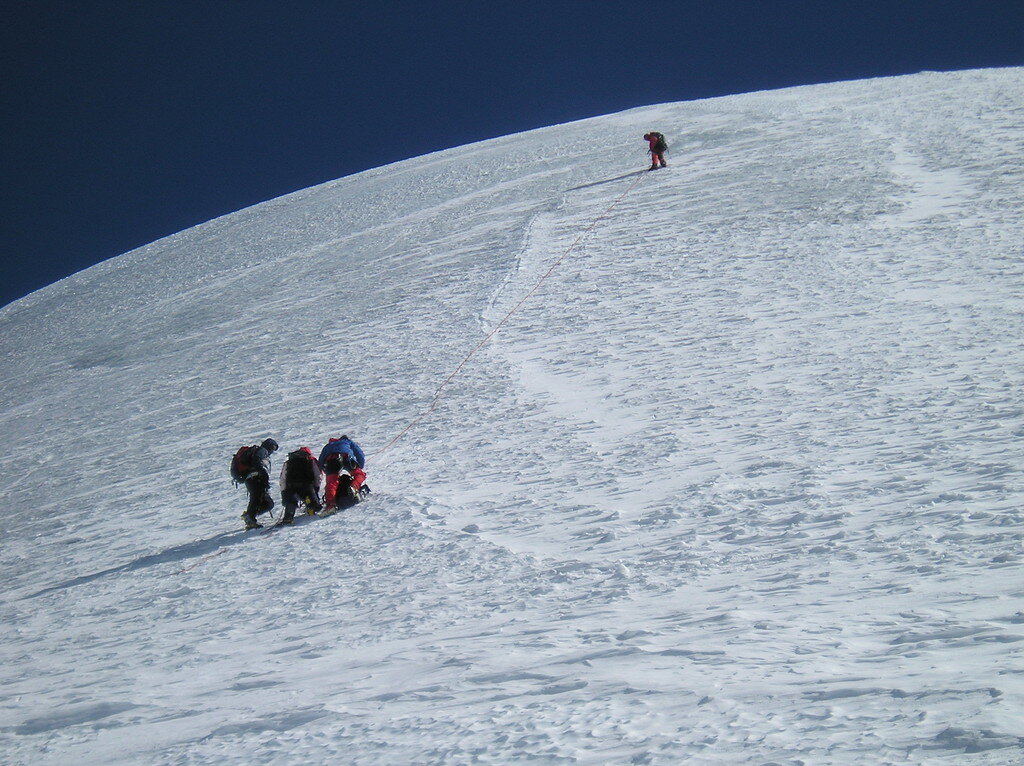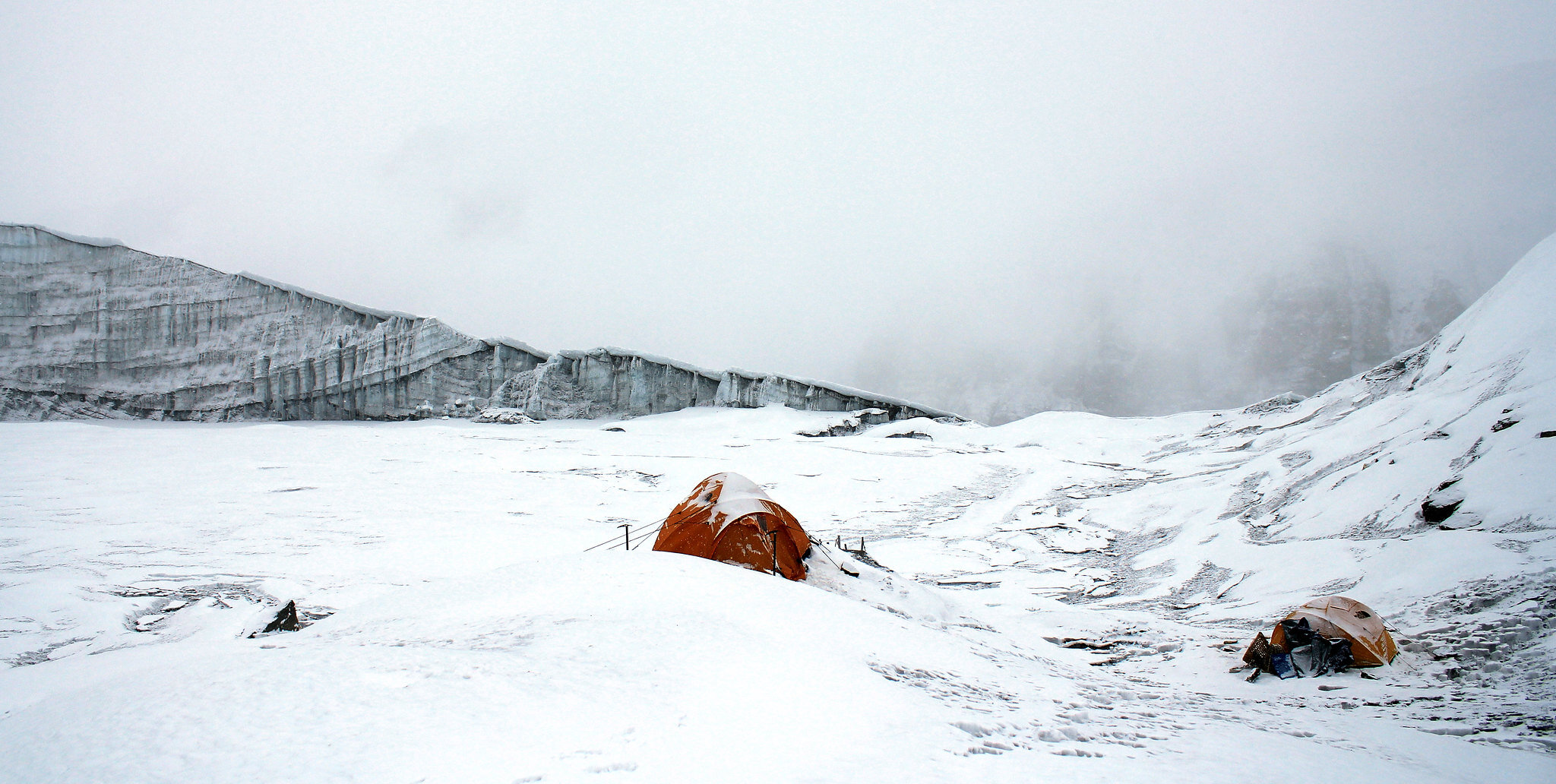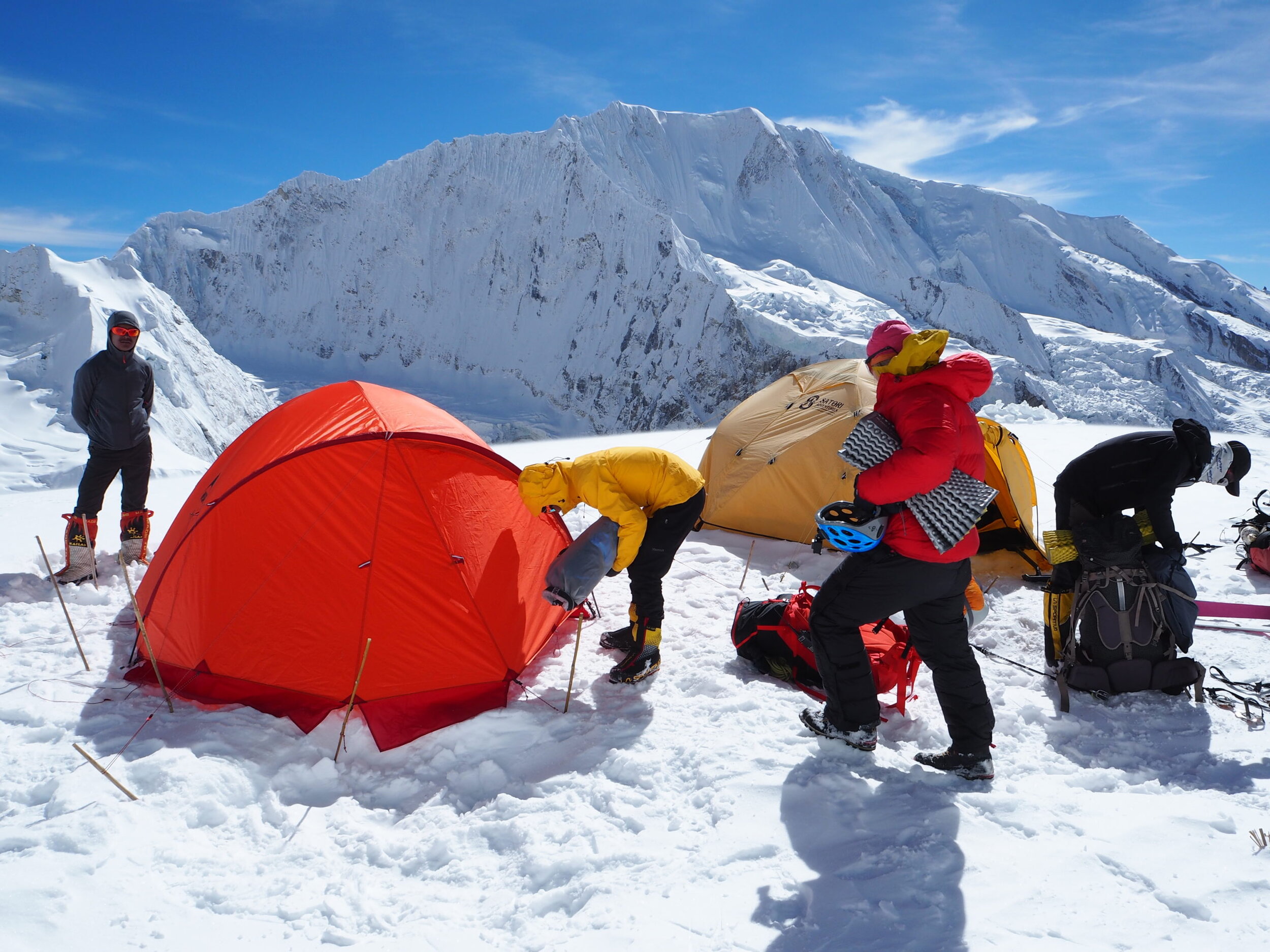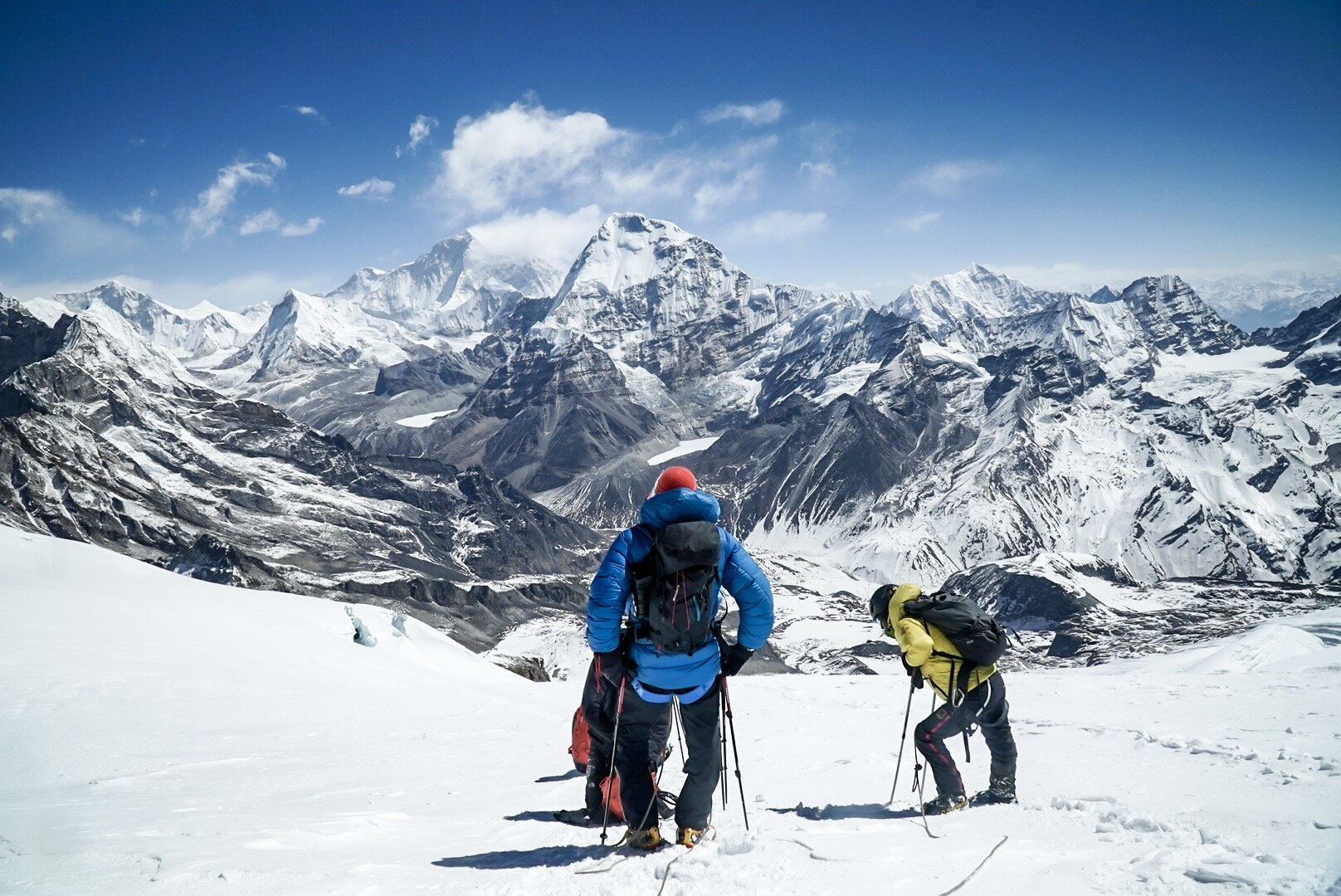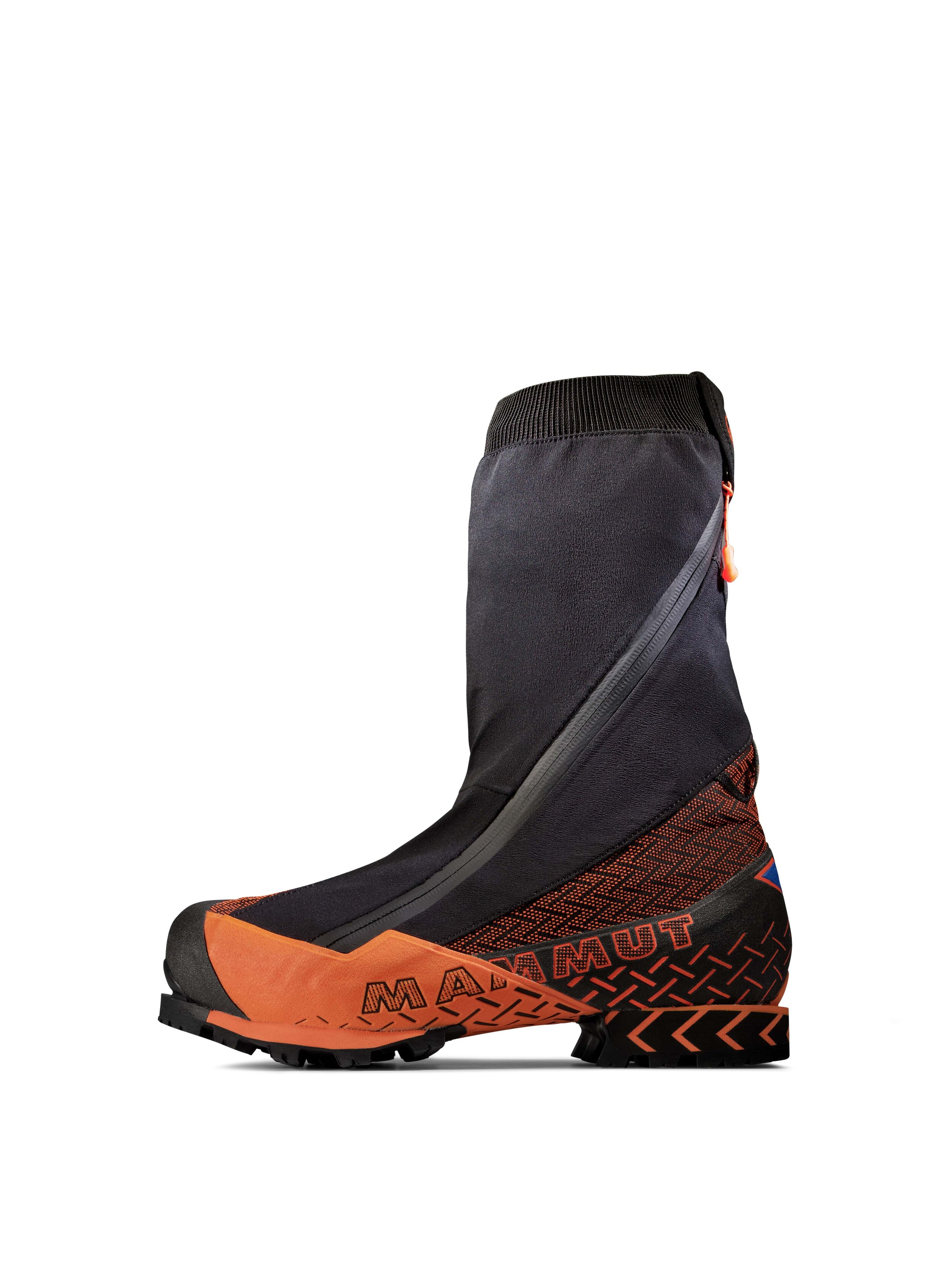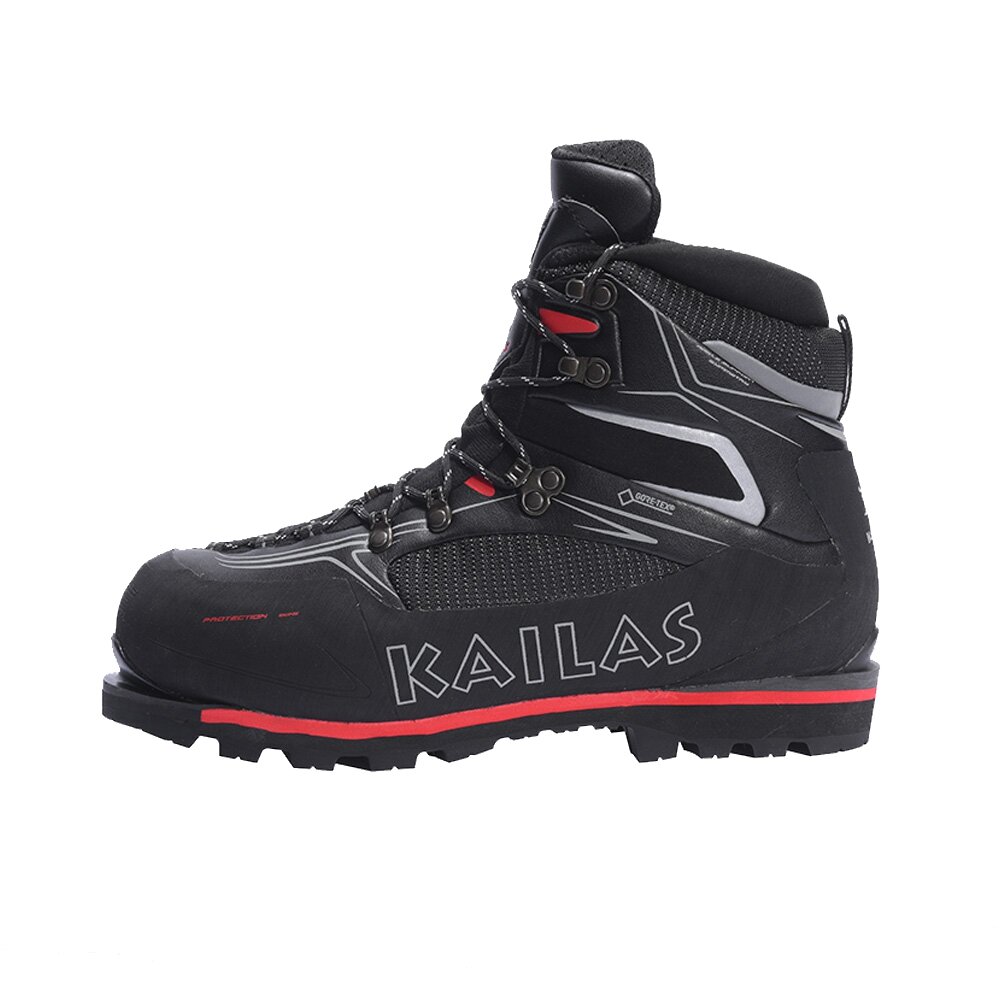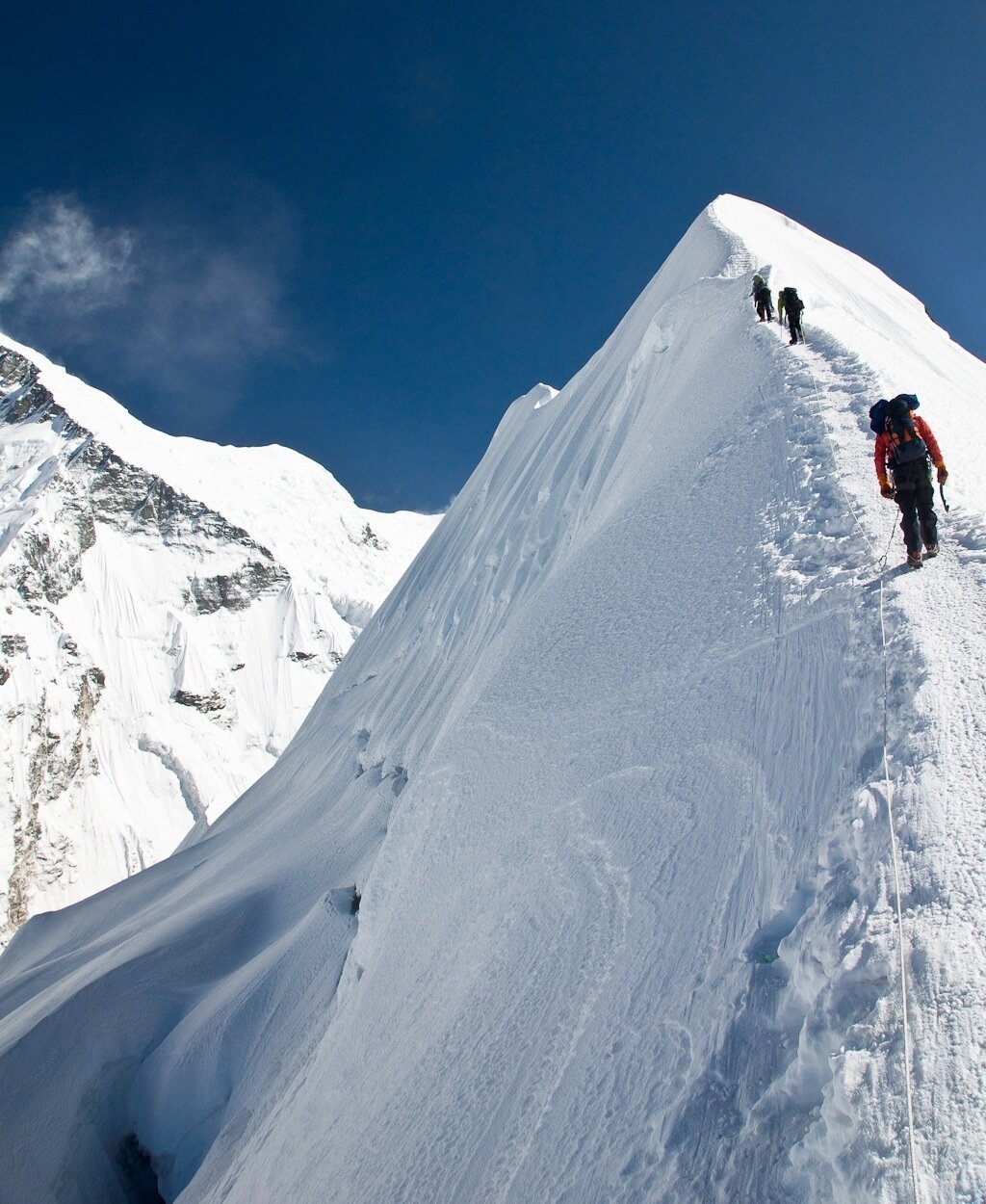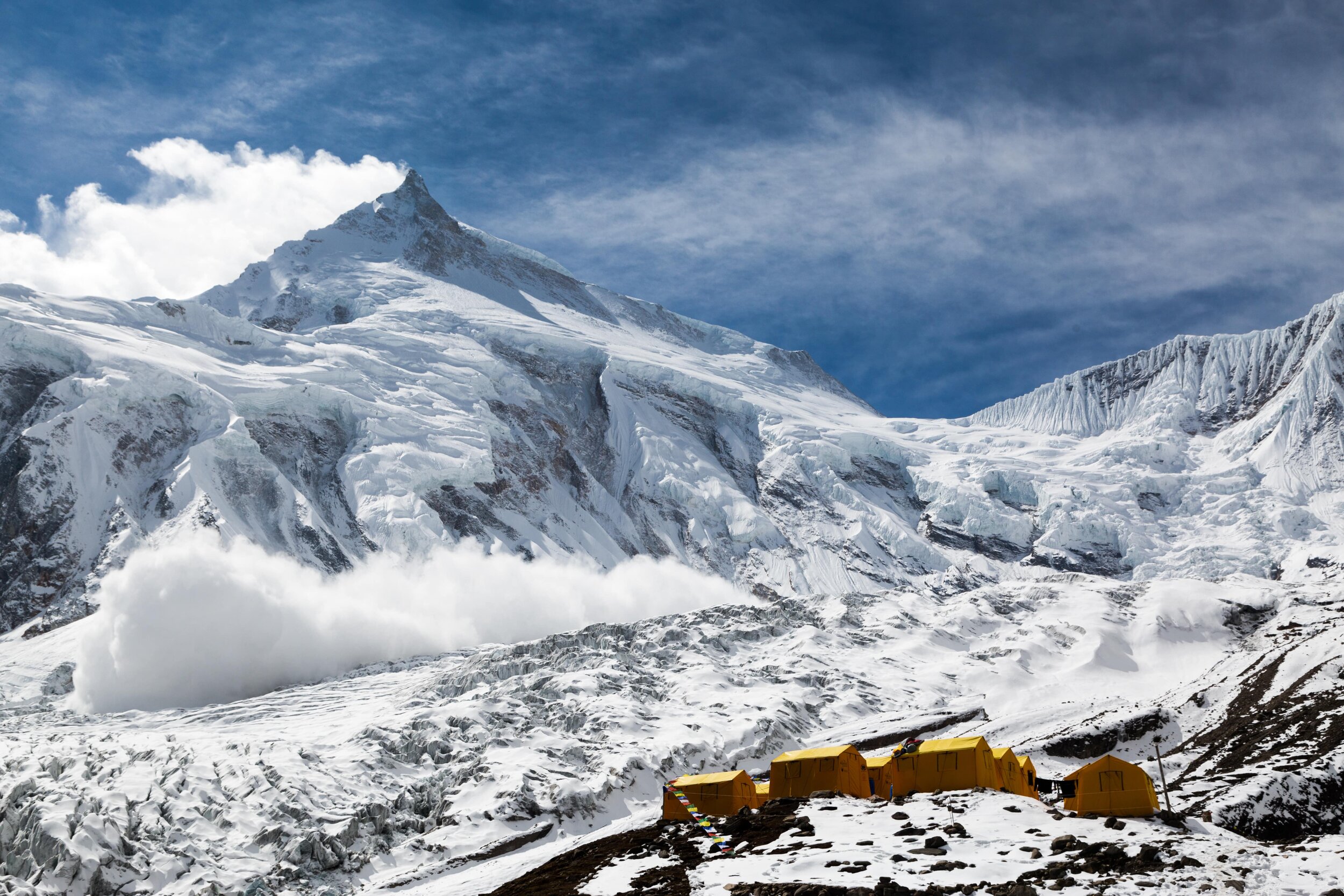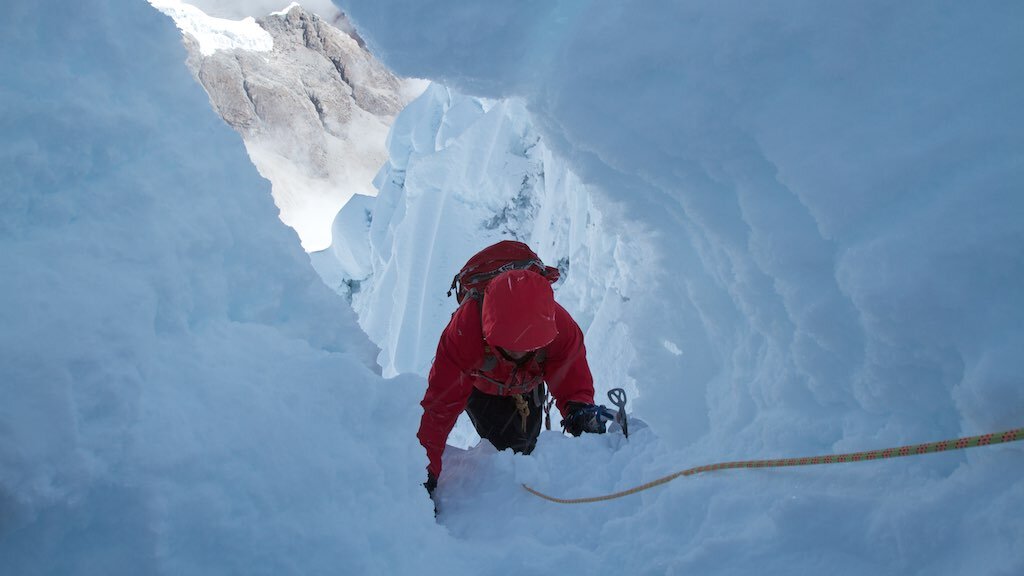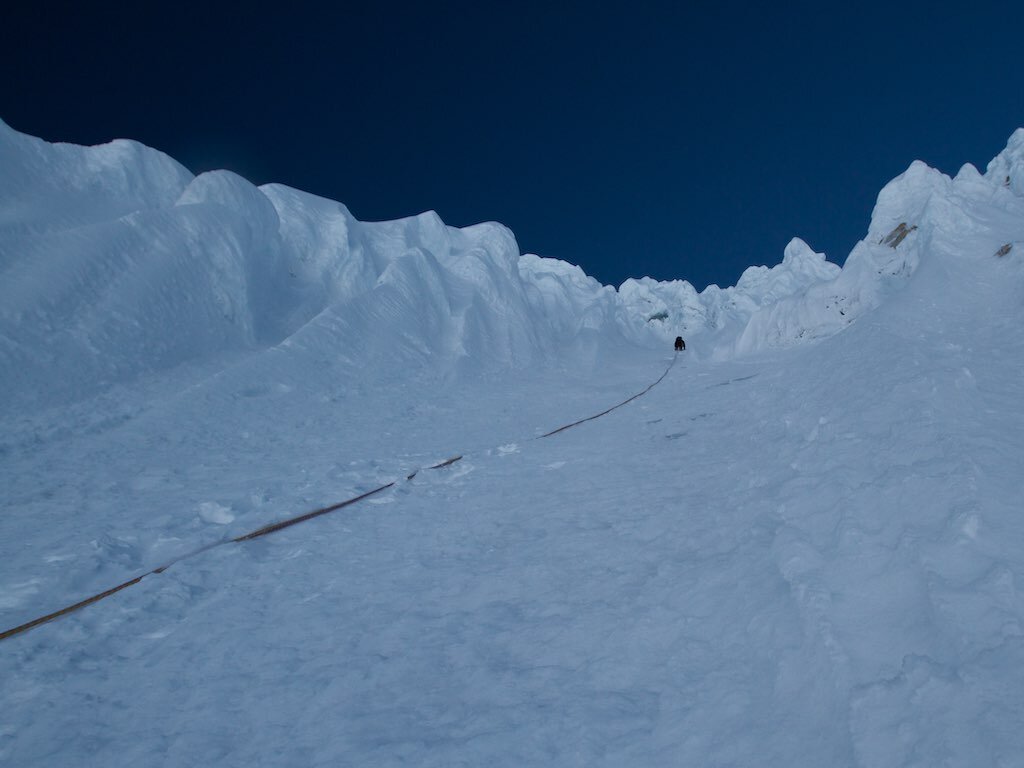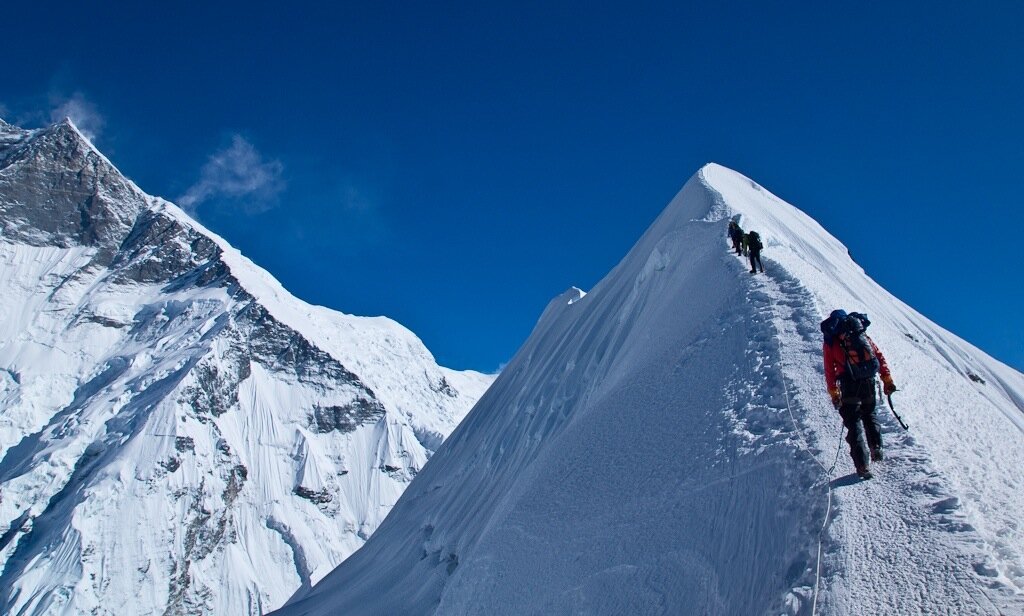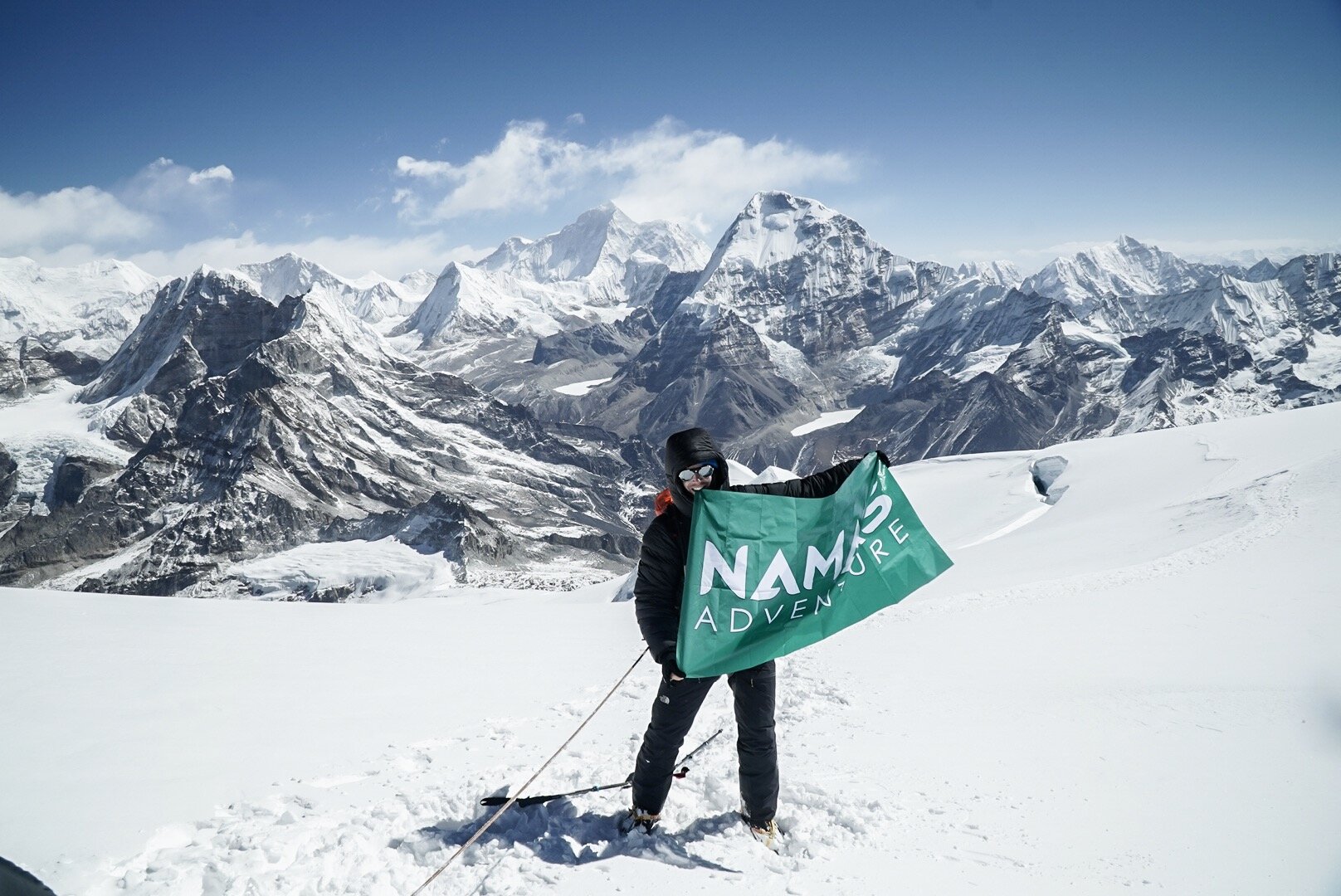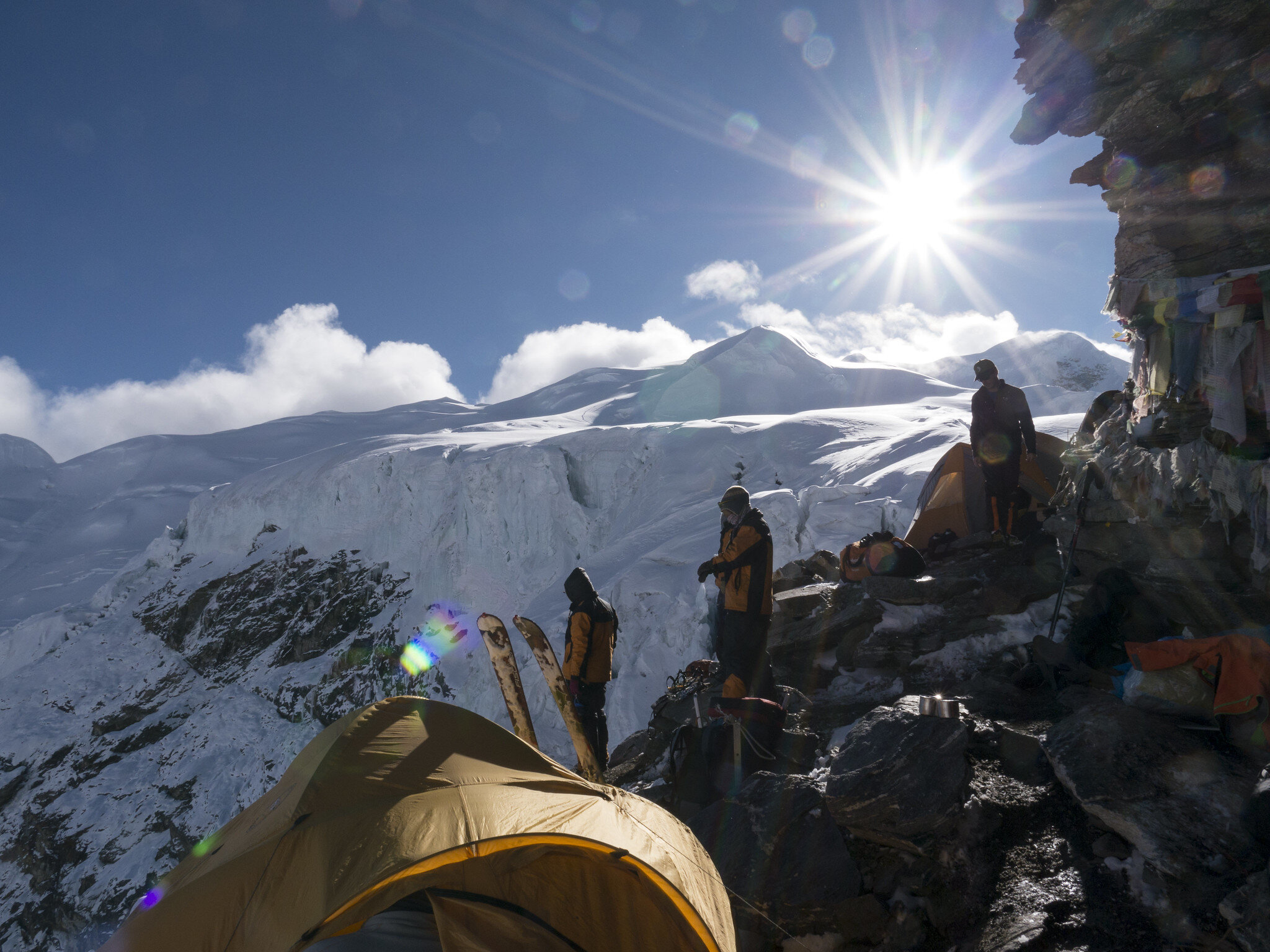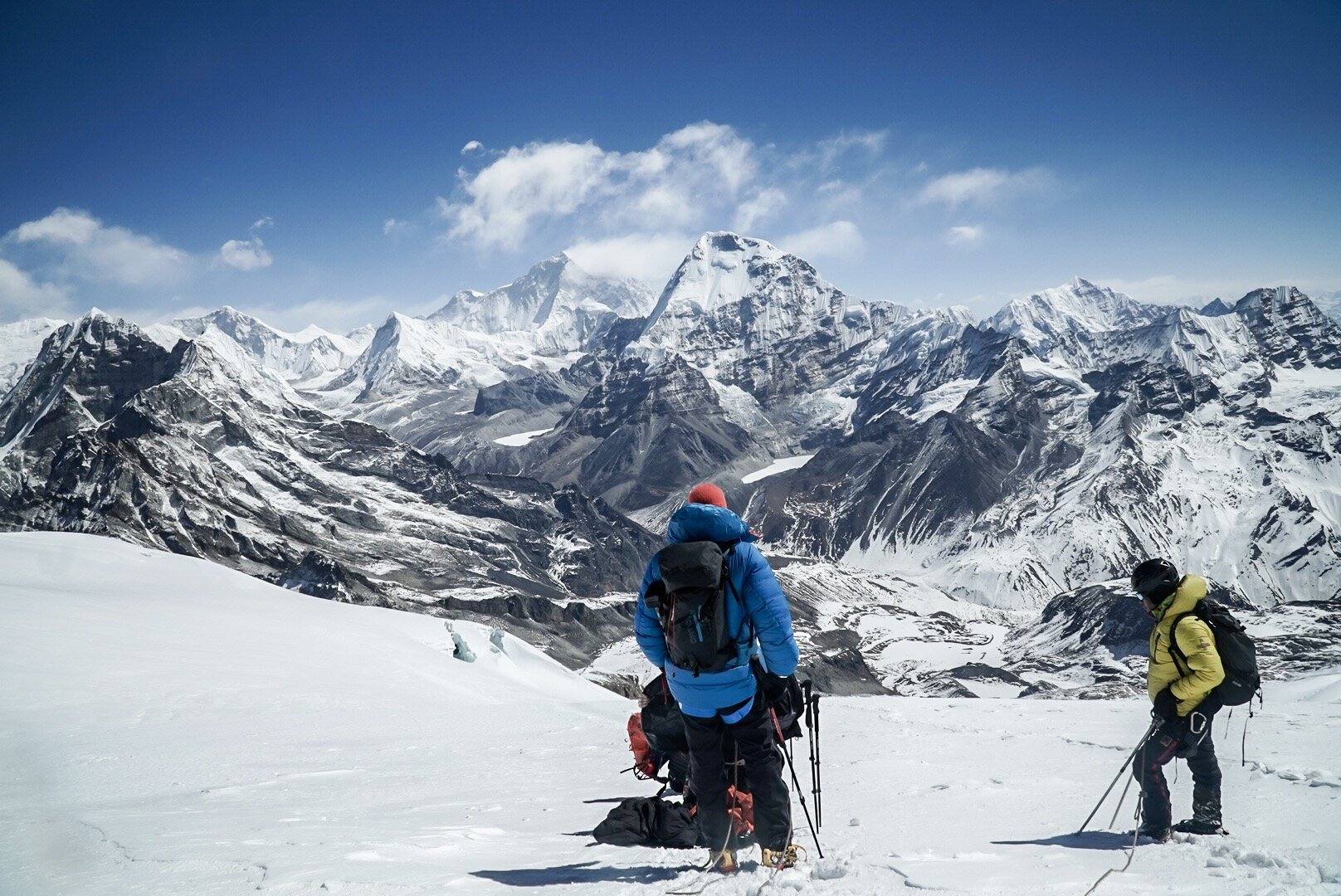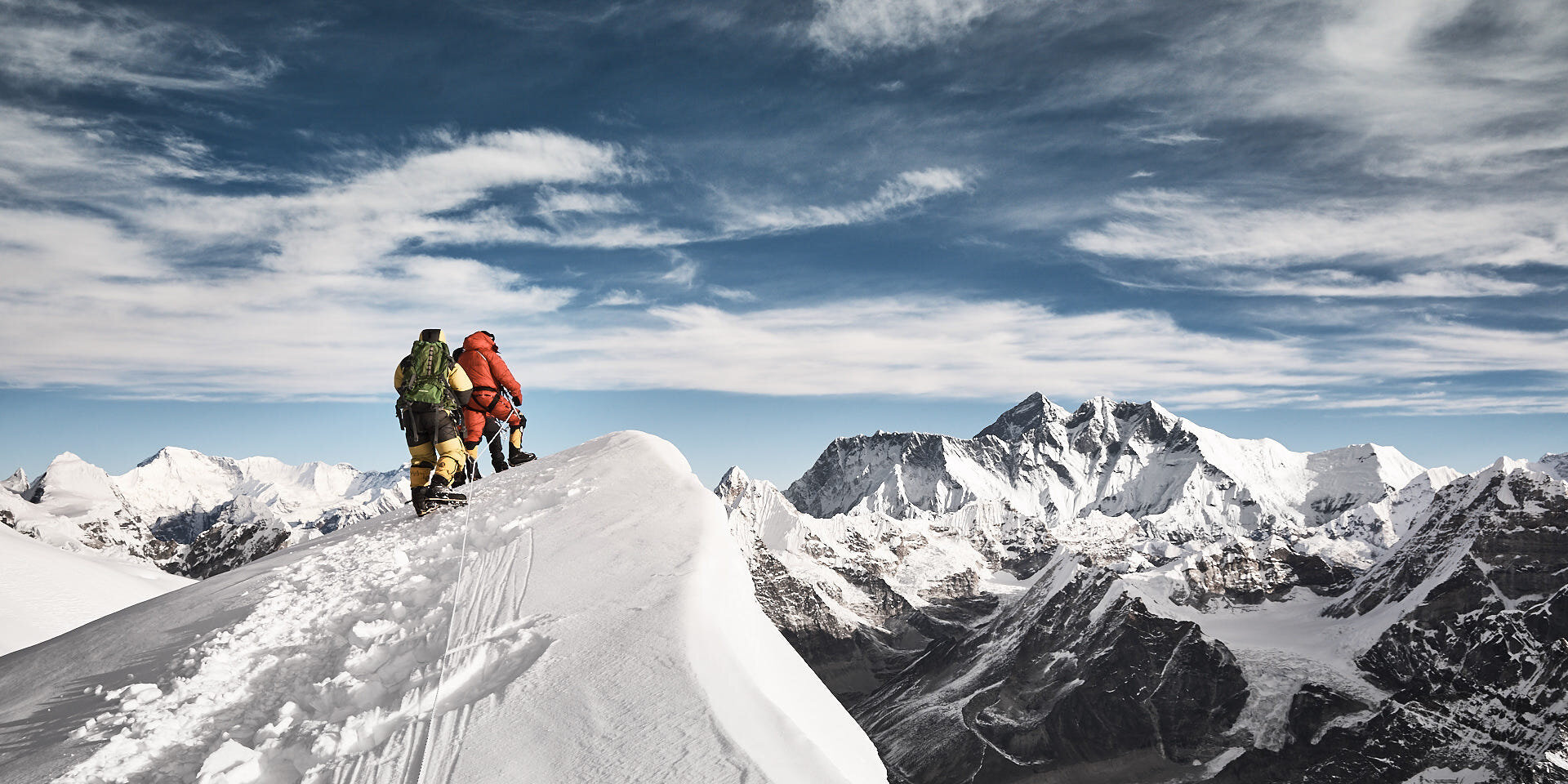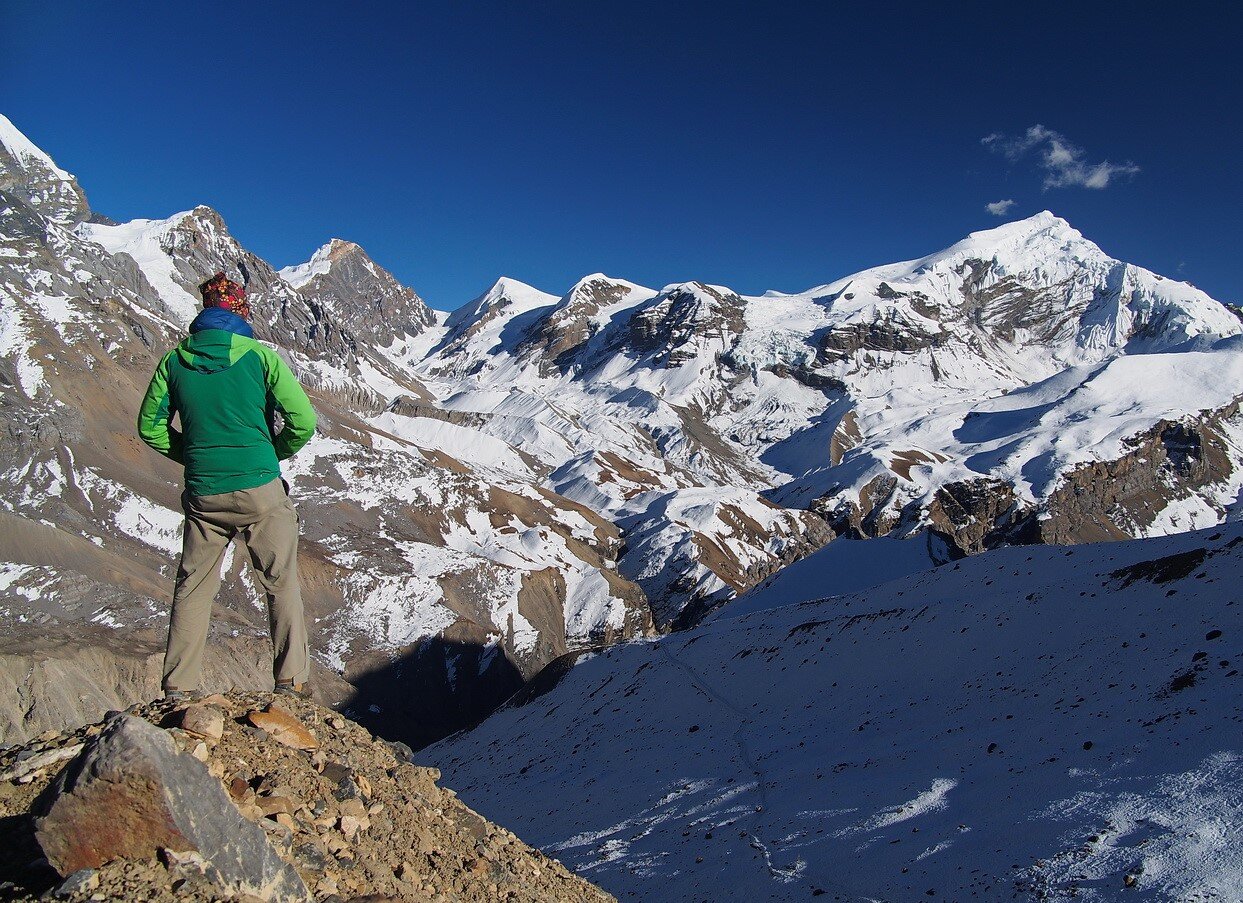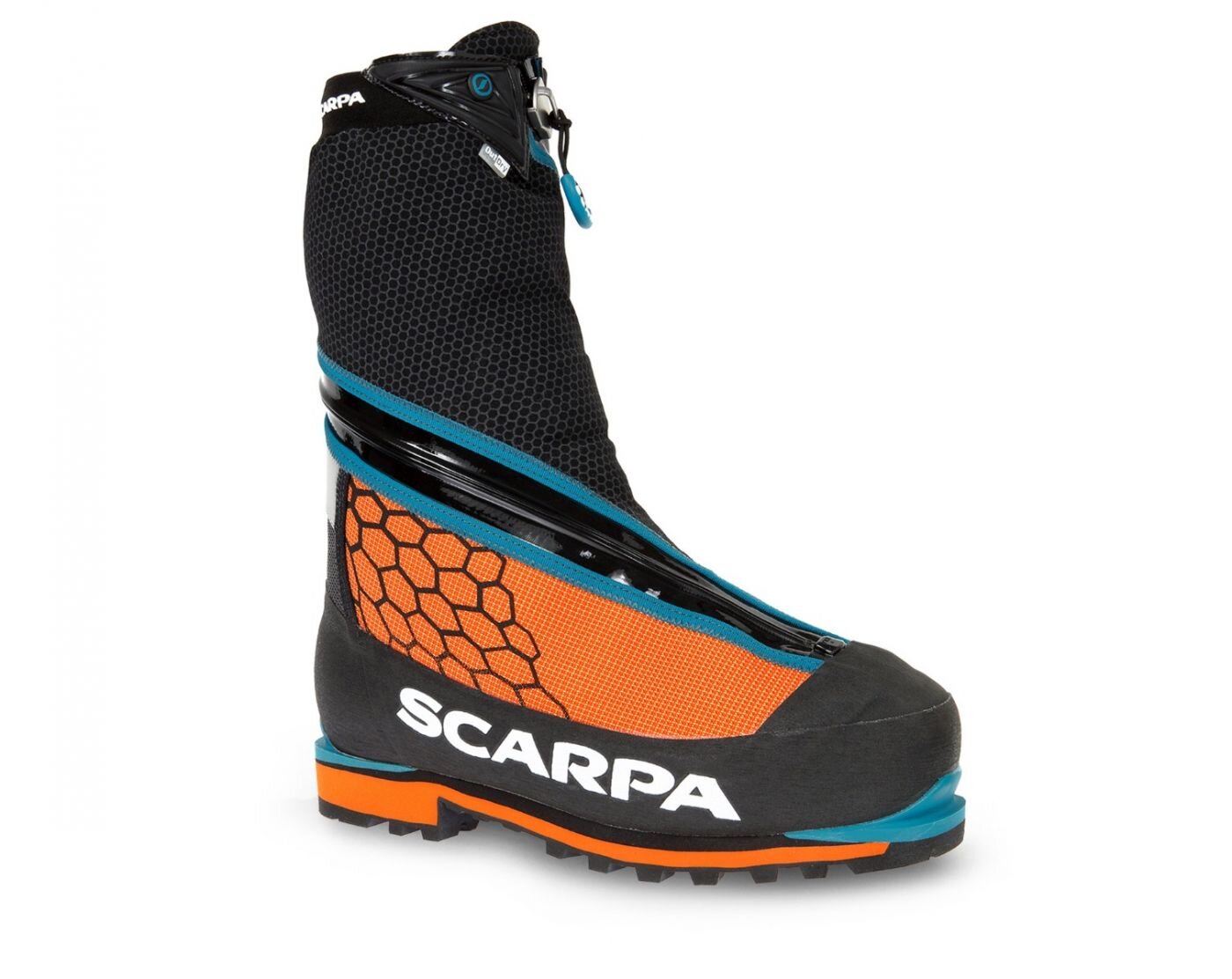If you are physically fit, then the final 2 days of your climb are the most difficult sections. Breathing is always a challenge at high altitudes but with proper acclimatization done ahead of time, staying well hydrated, eating properly, your body should recover and adapt to the altitude. Once you depart from Mera Base camp the real alpine challenge begins, mostly climbing on steep ice and snow surfaces. You will be walking for 4-6 hours to reach high camp. Summit day climb starts early (3 or 4 am) with the goal to reach the summit or near to the summit by sunrise. This will be the most challenging and rewarding part of the climb. You can expect to hike around 10+ hours on this day as you will have to summit and then descend back to Khare village. All your previous physical training, your will, mental strength, and your grit for real adventure will take you through this final day and to the Summit.
8. What are the clothing and gears - boots required for Mera Peak climb (trekking and mountaineering)? Can I rent gears for Mera Peak climb?
Choosing the right gear is very important. We advise climbers not to make compromises on the quality of gears and clothing, and to pay attention to layer up comfortably as well. You will highly depend on your clothes to keep you warm, especially during nighttime when temperatures can go down to -10/-15. Please check our equipment blog for recommended clothing and gears.
Renting your gears in Nepal? We provide gear rentals exclusively for Namas Adventure clients during our climbs. All the gears are in the best condition, clean, and highest quality. Kailas equipment provides all-out mountaineering gears. (Namas Equipment hire link)
If you want to hire it from other local sources in Nepal, our simple answer is NO. This is one of the most frequently asked questions mainly by beginner climbers. We have tested and tried several gears in Nepal and frankly, we do not recommend hiring here. We know it might seem like a huge amount of expenses to buy all the gears, but they are well worth it.
With better technologies, climbing shoes have improved every year. We highly recommend double-layered boots like La Sport G2Sm or Scarpa phantom. It is wise to spend on good mountaineering boots, as so with all the gears that we have mentioned in this post above.
9. What types of foods are available during Mera Peak climb? Is clean water available and how much water intake is recommended?
We suggest all our clients drink 4-6 l of water every day. Staying hydrated will also help you with acclimatizing properly. It’s best to take hydration tablets or filtration bottles with you.
Most of the foods are prepared in the tea houses and during your climbing days, kitchen tents are set up by our Sherpa teams. You do not need to worry about food but remember to eat enough. In the high altitudes, your body will naturally want to reject food or avoid using energy on anything, which includes eating too. You might have to force yourself with the first few couple of bites and then eventually your body will start accepting the food. We also provide packed dried meals, so that clients have other options should they not want to eat what’s being cooked in the tents.
Remember to avoid smoking and any alcohol intake. You might see our guiding leaders smoking or drinking but remember they are professionals and they have adapted very well to these environments compared to the climbers who go there just for adventure holidays.
10. What trip insurance will I need for Mera Peak climb? Do I need helicopter evacuation to be included in my insurance cover?
No matter how prepared you are, you never know when or how things might go wrong. You might be sick suddenly or not that we wish but there might be some incident, you might suffer from altitude sickness or anything we can’t imagine yet. So, for these reasons, it is always good to have insurance cover. Our recommended Insurance companies (link)
Helicopter evacuation is our final emergency option and we do recommend you have one in your insurance, as it is the only means of transport in the Everest region. Our guides will assess your condition and examine if it is a major issue. If not, they will use their experience to motivate and push you through your trip. However, in case of emergency, helicopter evacuation will be called upon.
There is a procedure to follow when calling for emergency evacuation. We will call the insurance company hotline, get approval with your insurance and only then helicopters are sent to the distress call location. You will have to pay for the evacuation in Nepal from your own pocket but once you are back home you can claim your money back. Make sure you collect helicopter evacuation receipts, certified doctor’s approval letter. The insurance company will ask for this evidence to back up your claim. There was a huge helicopter scam in Nepal during 2018, so insurance companies are taking extra measures to stop this from happening. Our guides and staff members in Kathmandu will also remind you of this process during briefings.
11. Which other high-altitude peak climbing can I aim for after Mera Peak climb? Can I combine other 6000M+ peaks with Mera Peak climb?
If you want to extend your trip and combine other 6000M peaks along with Mera peak, then we would like to recommend the following two other itineraries.
Island Peak is another 6100+ M peak that includes some technical climbing sections compared to Mera peak. To reach Island peak after Mera Peak climbers will have to climb via Amphu Laptsa Pass 5845M and then descend to Imja valley. Island peak is also known as Imja Tse peak (Local name).









